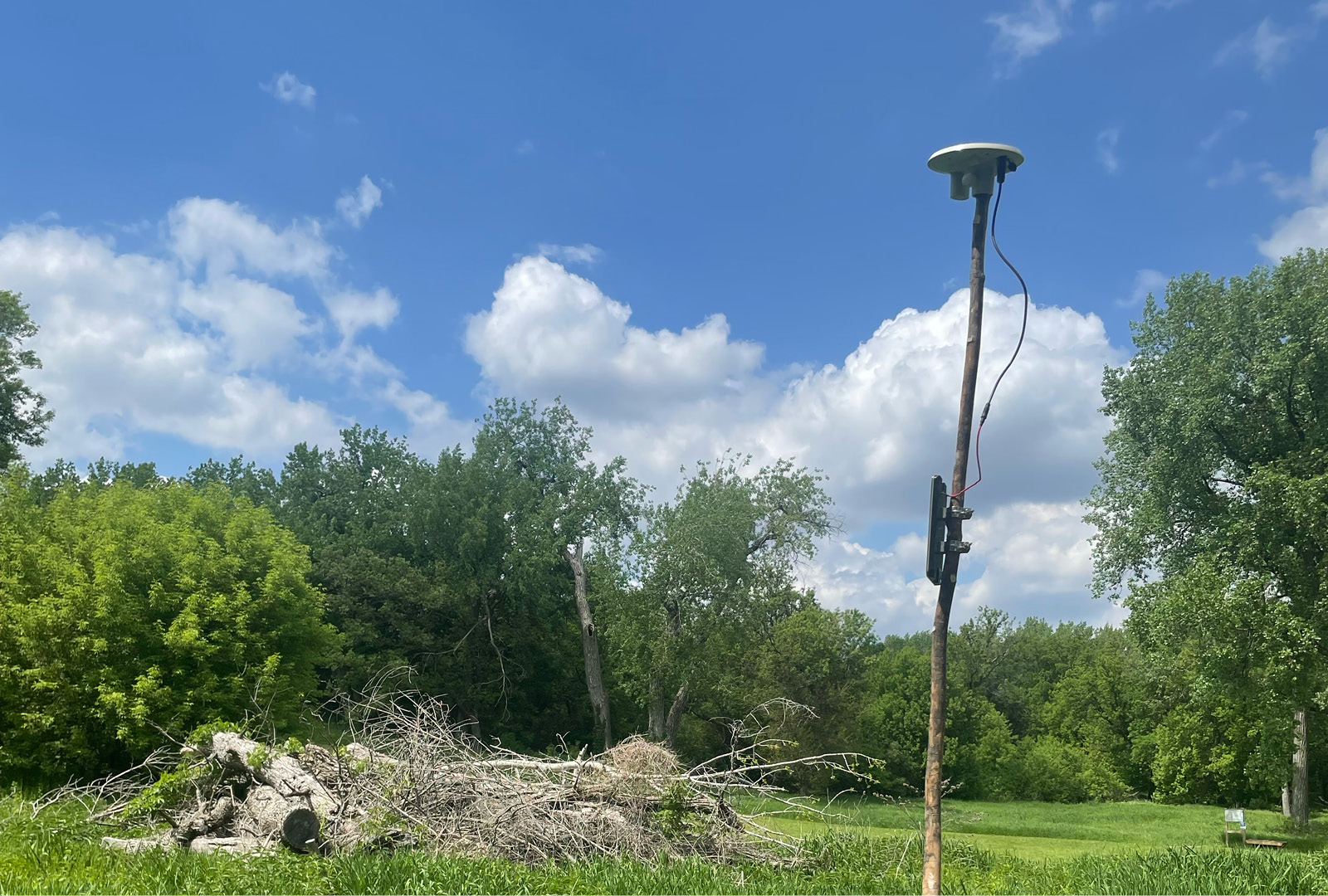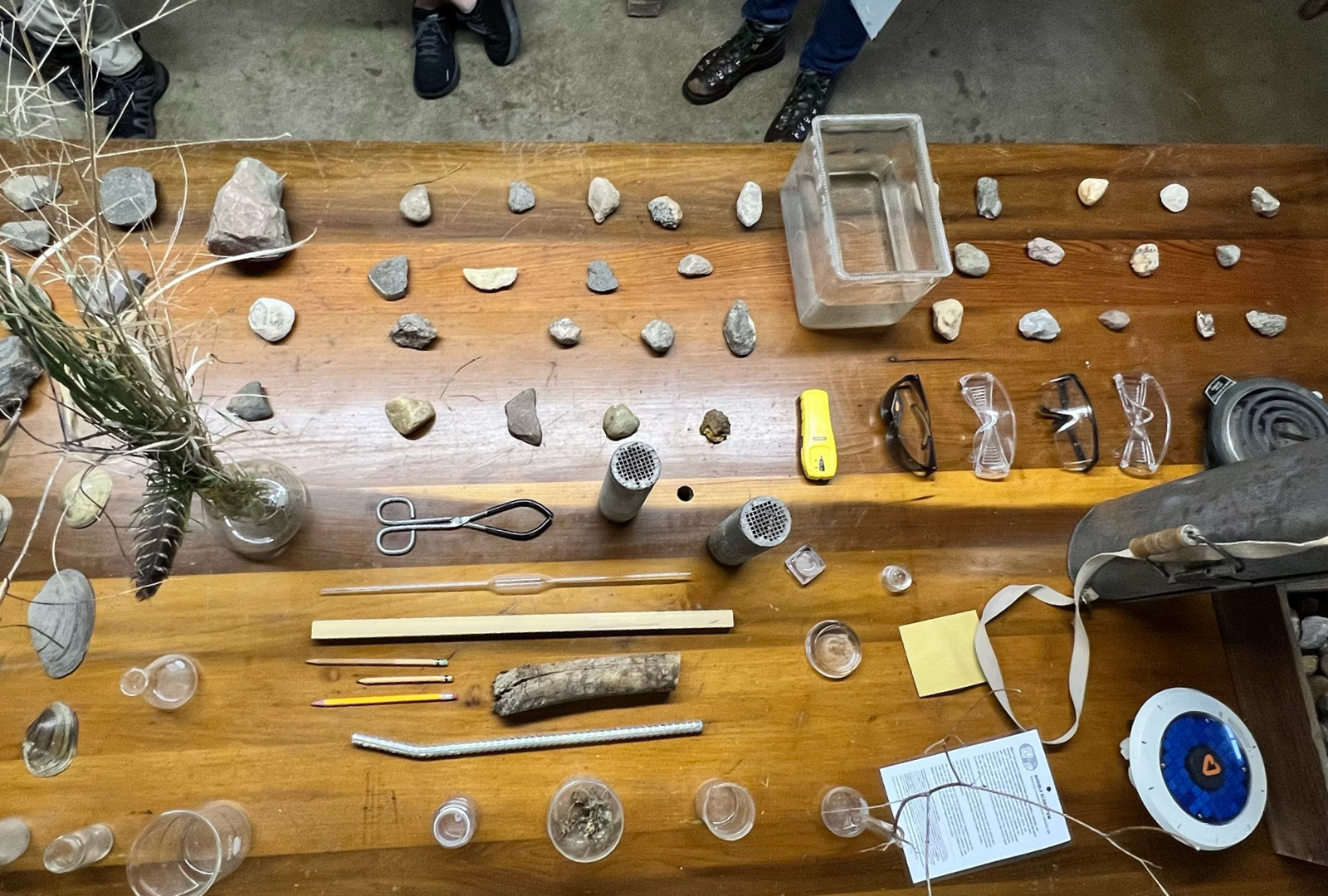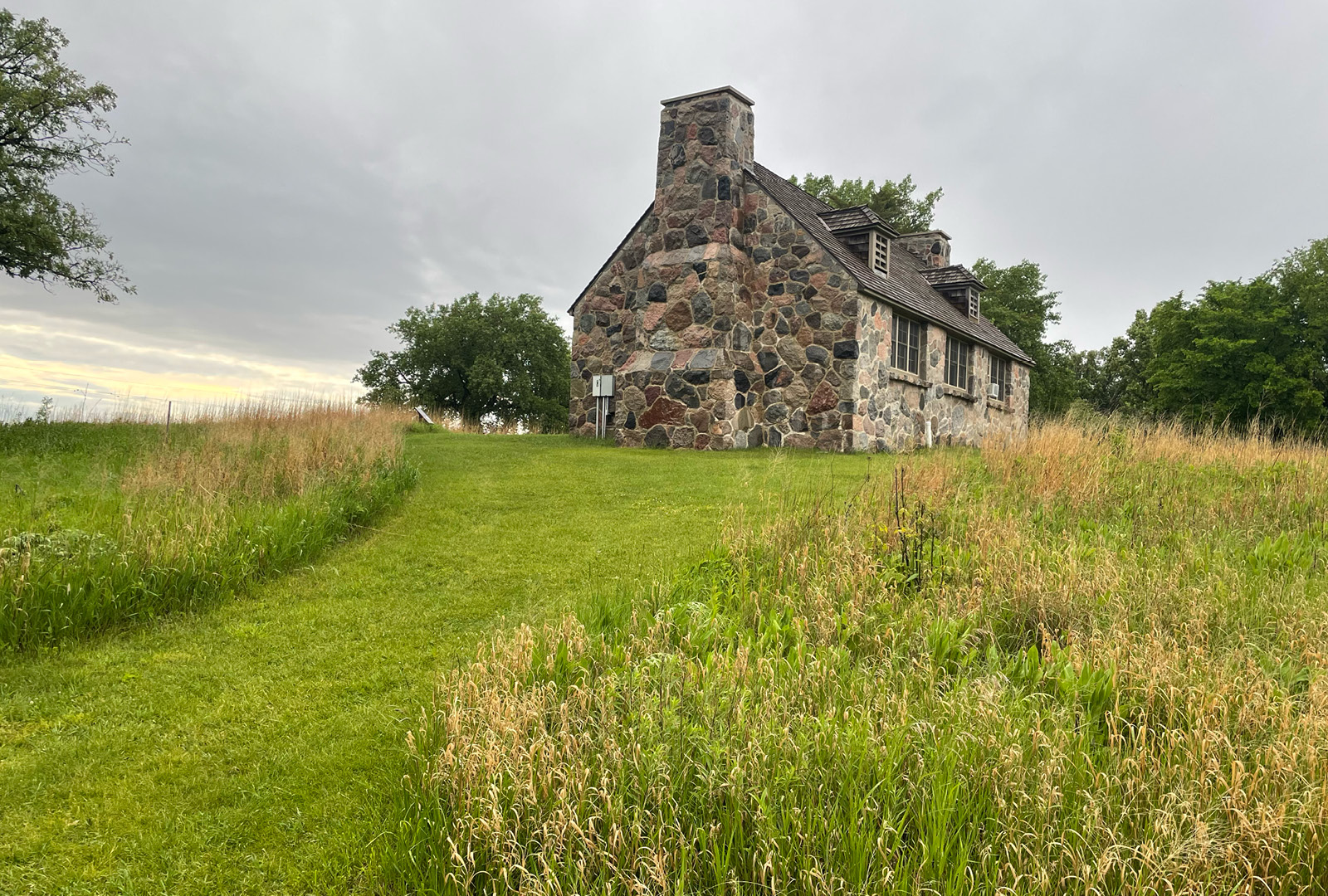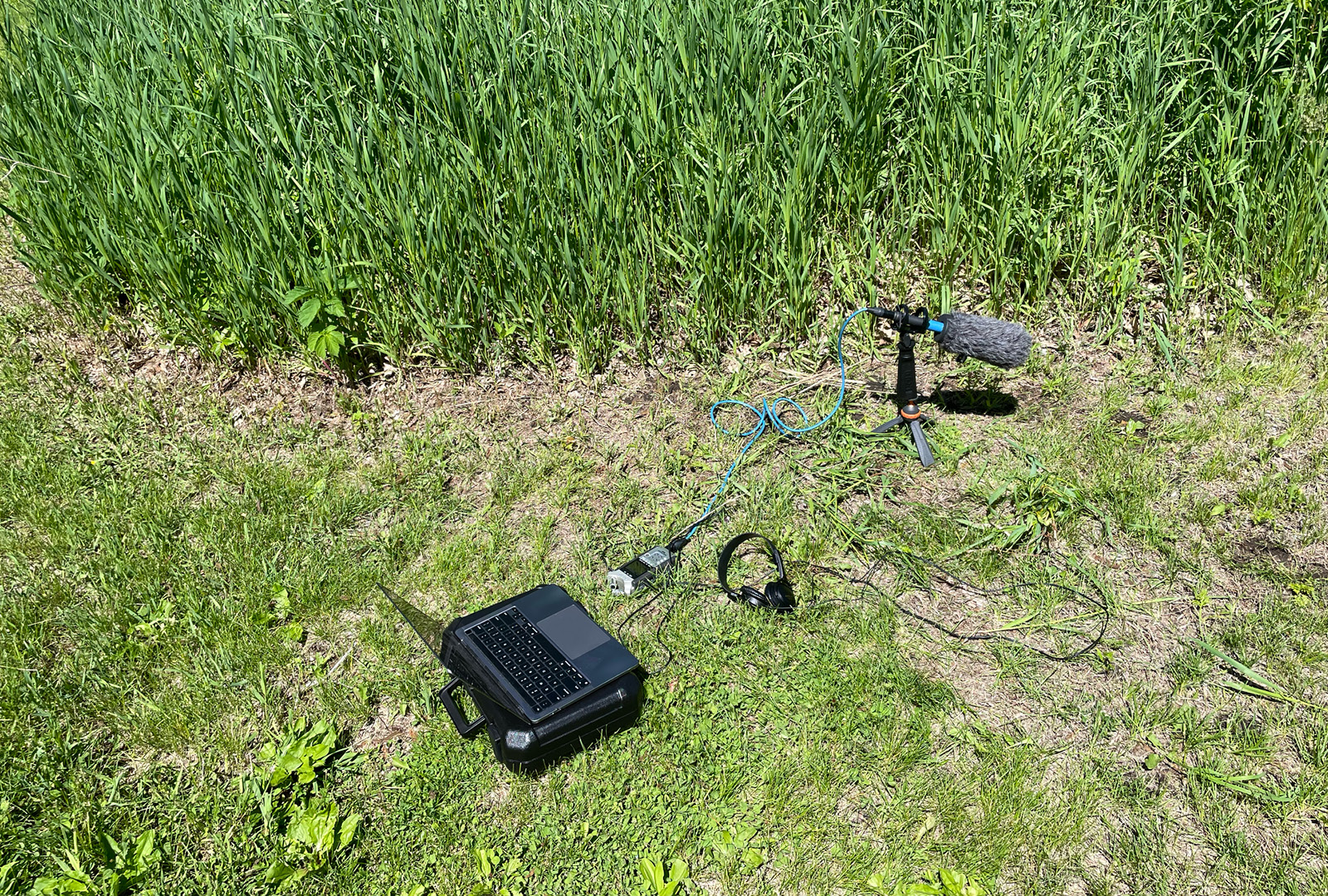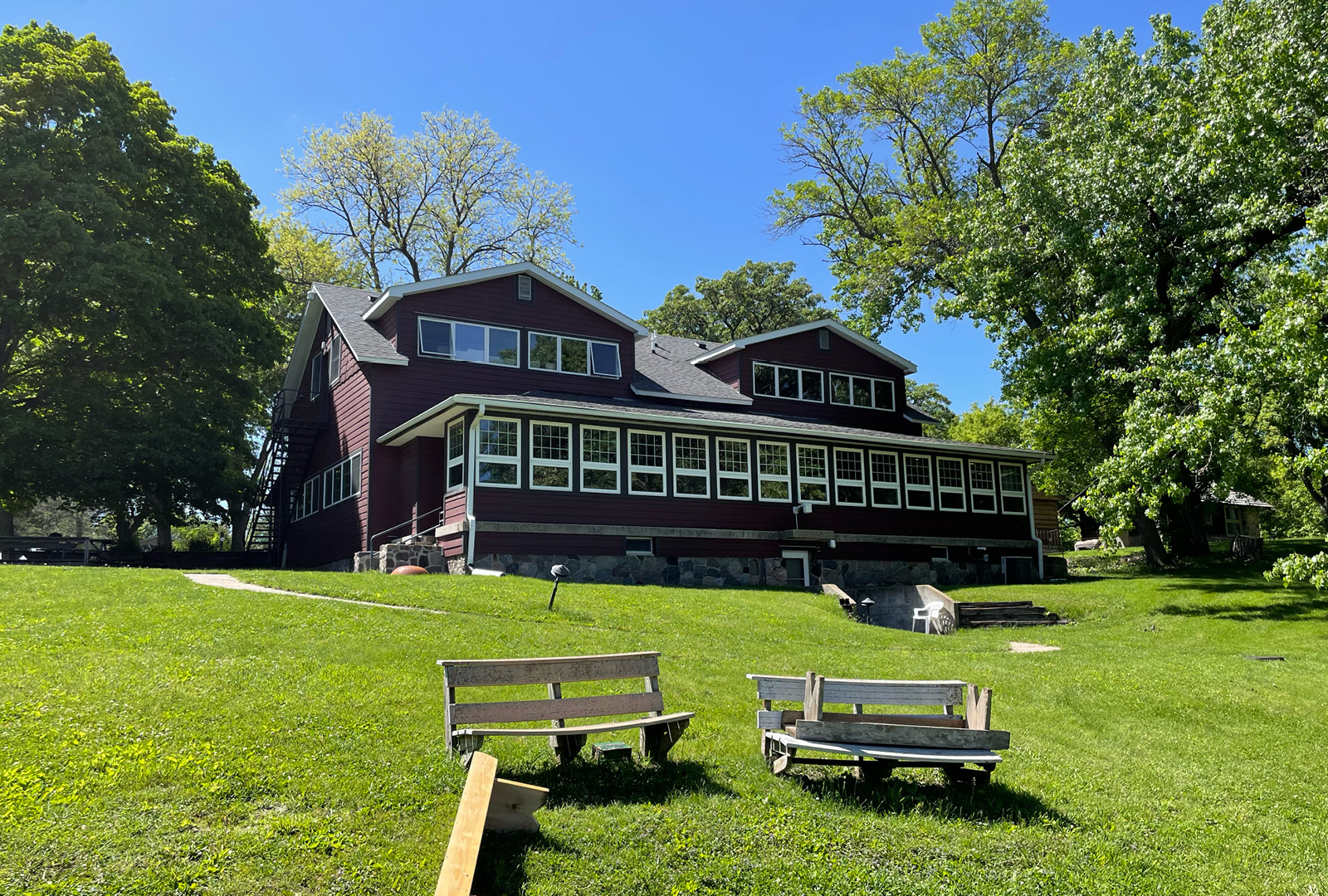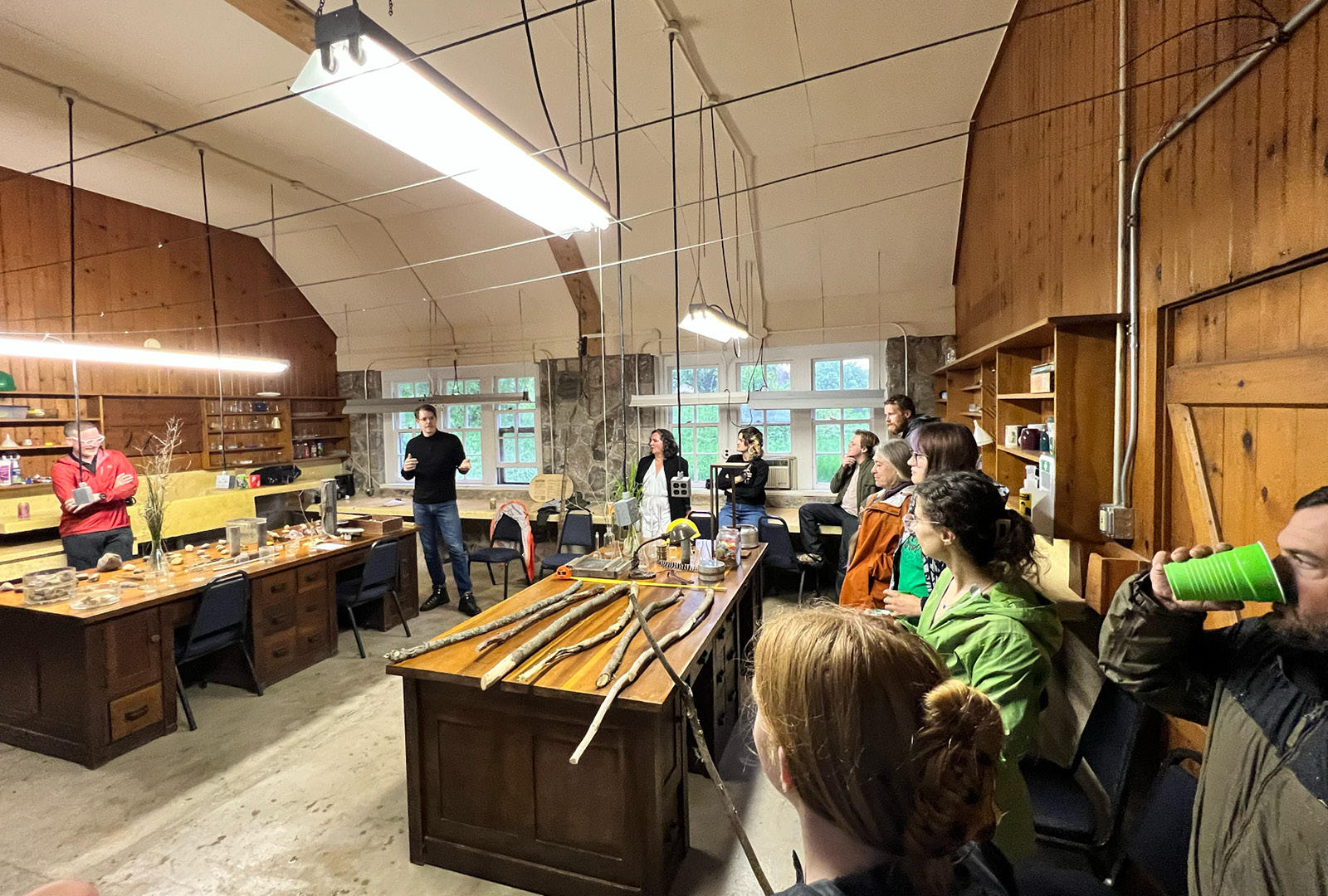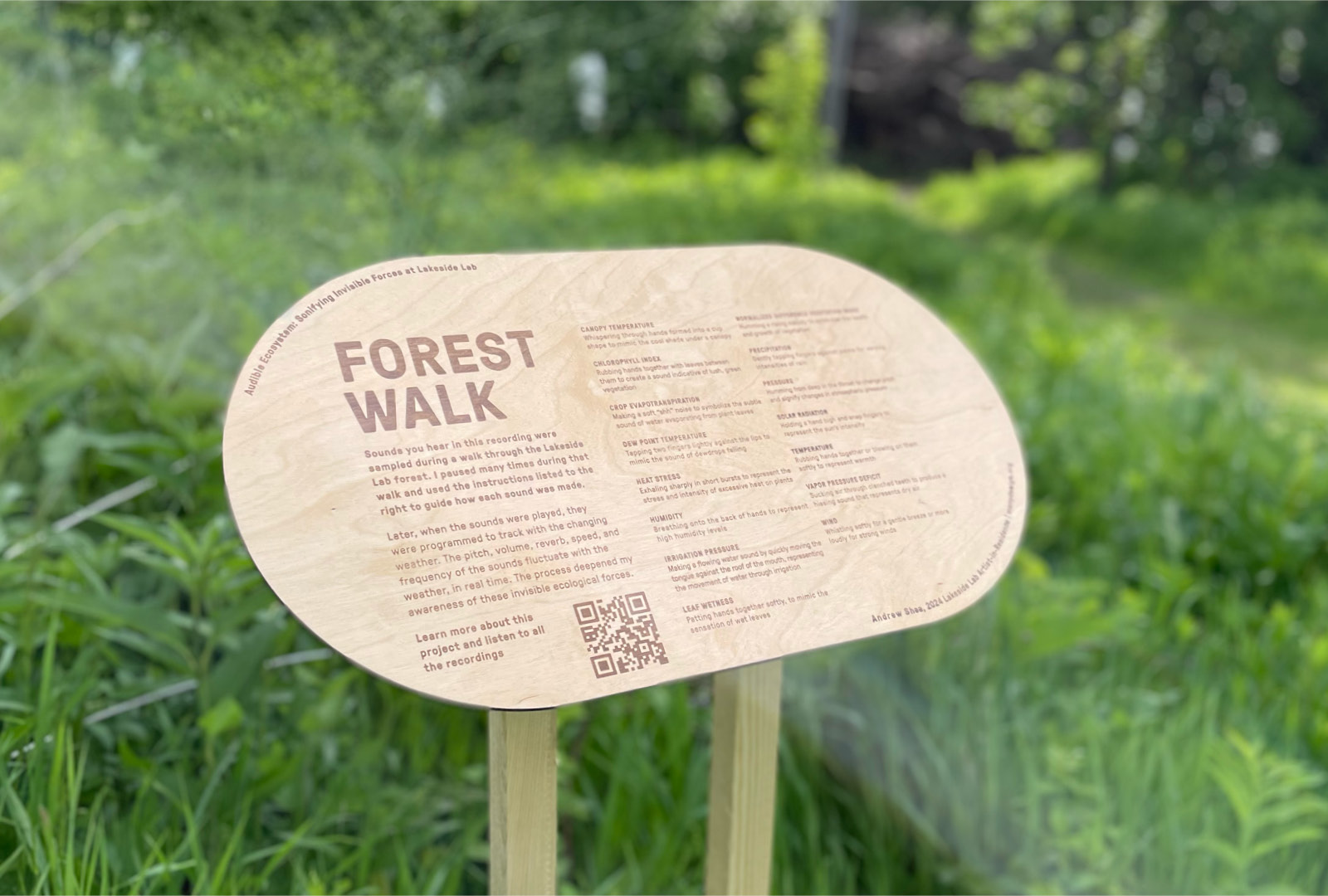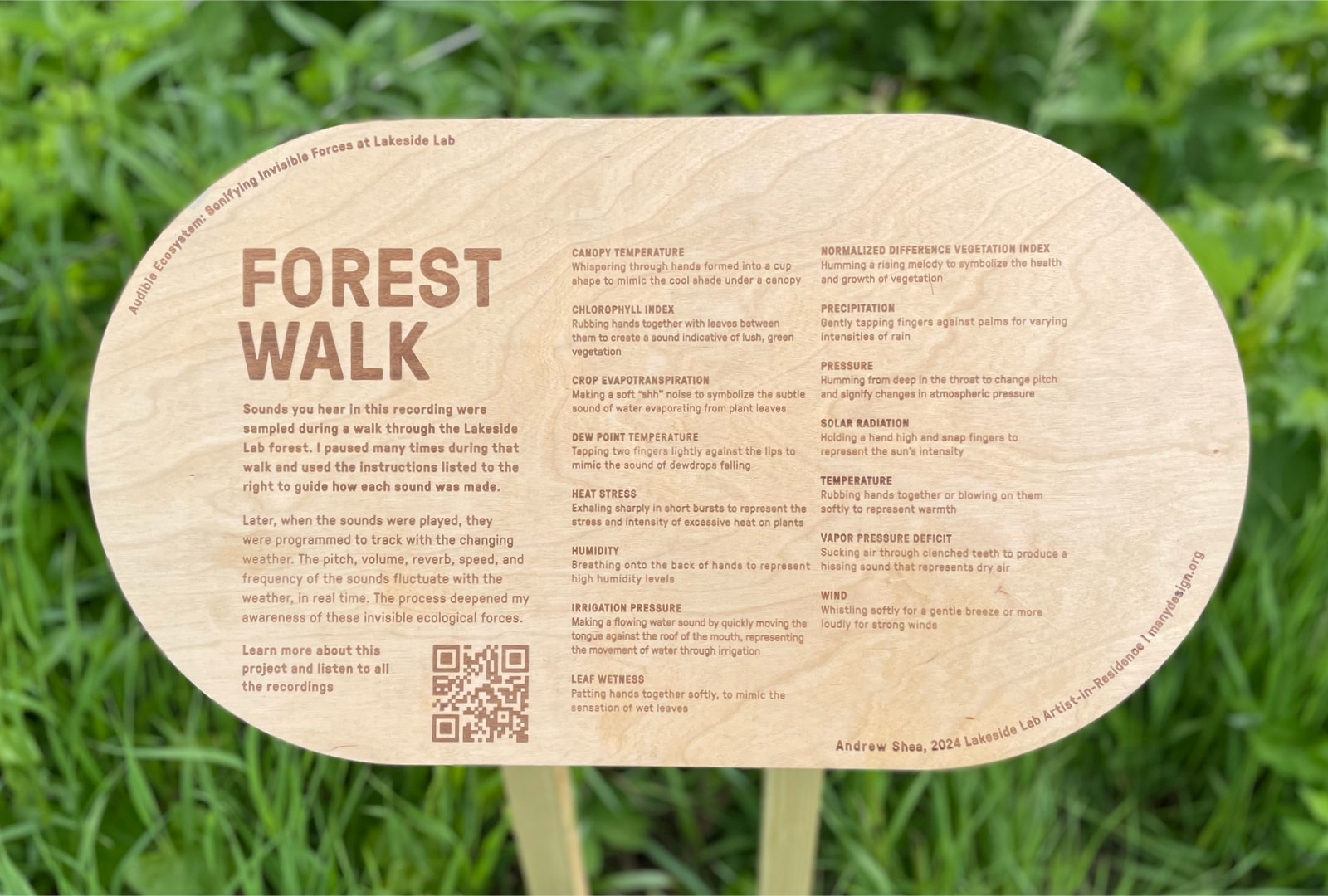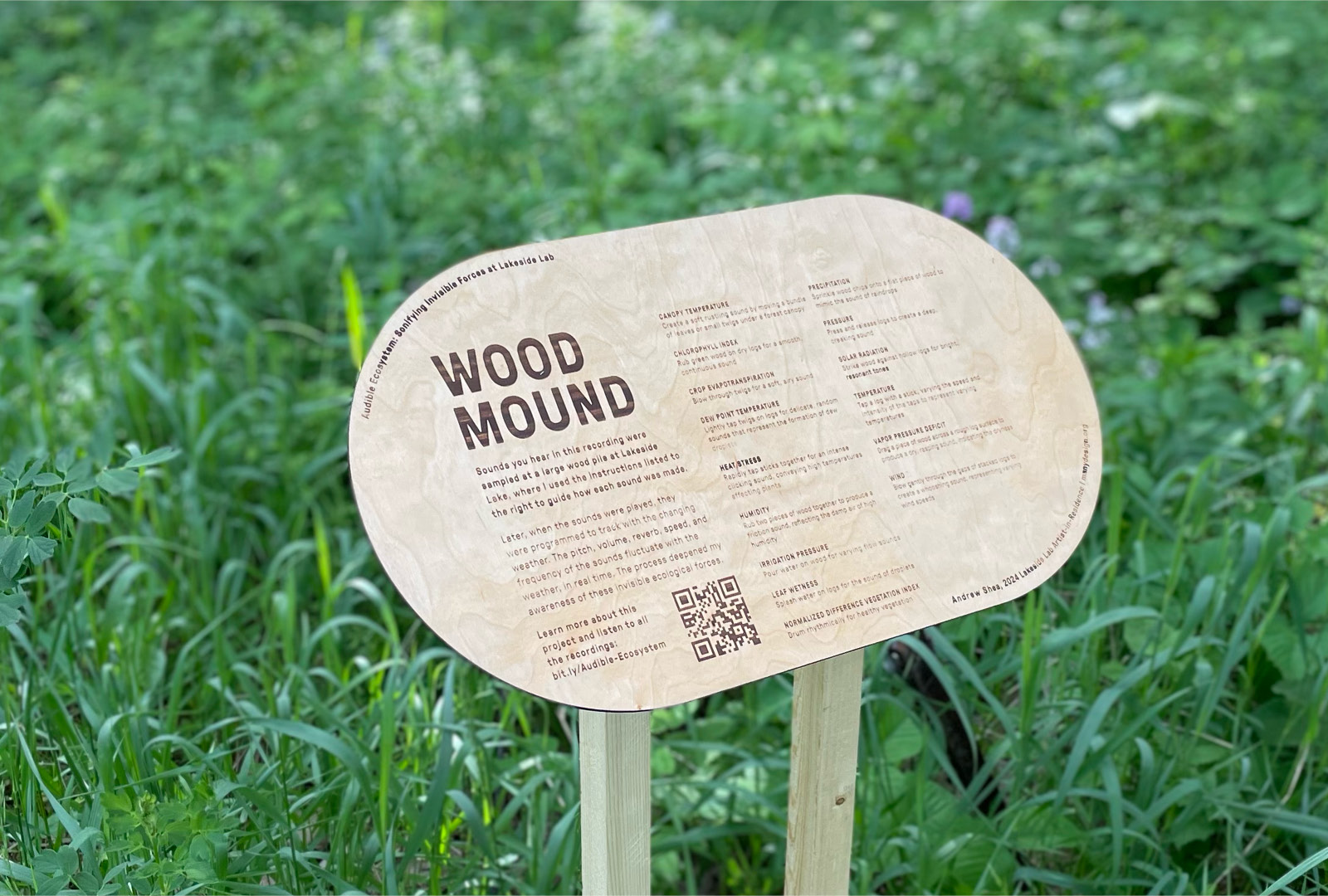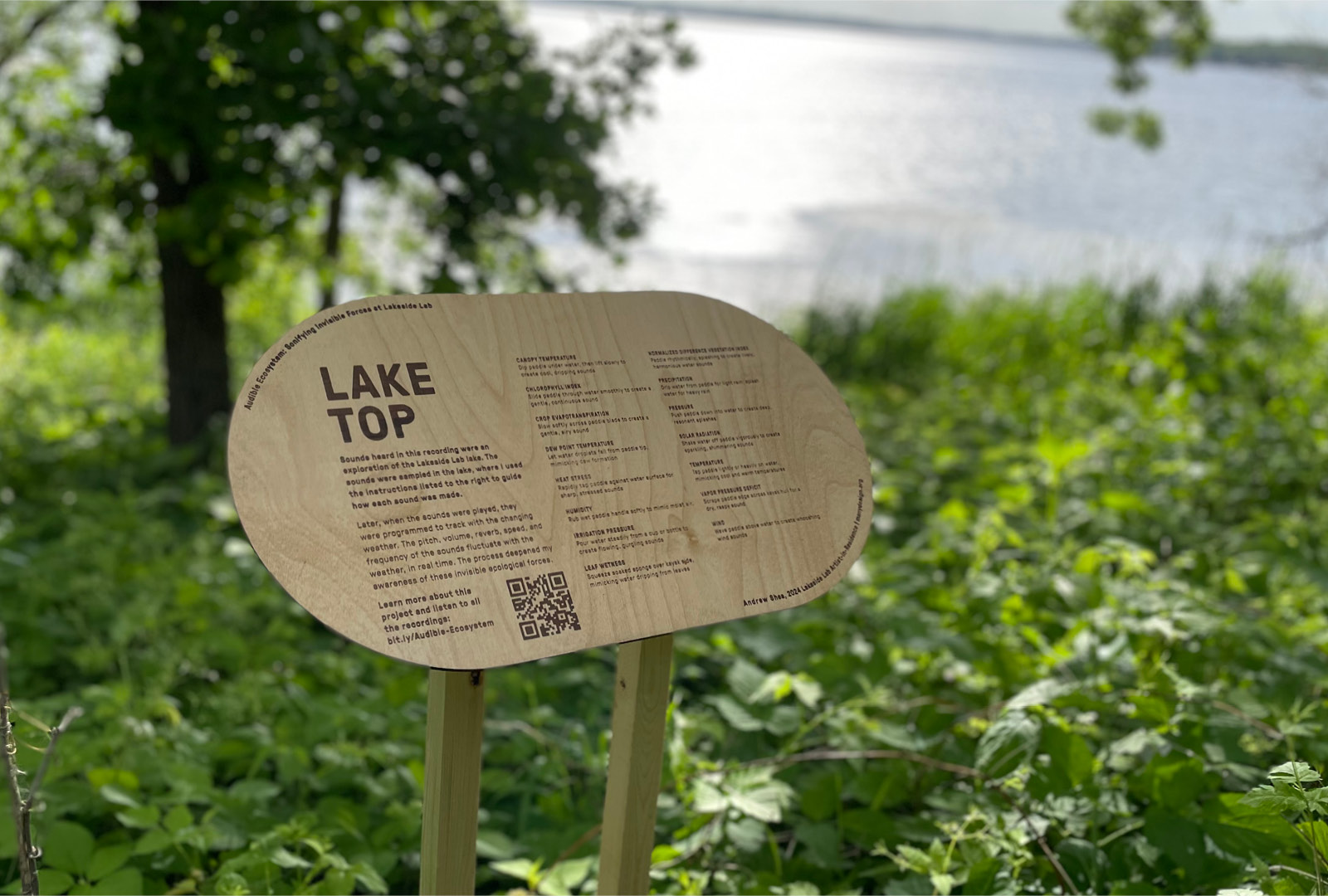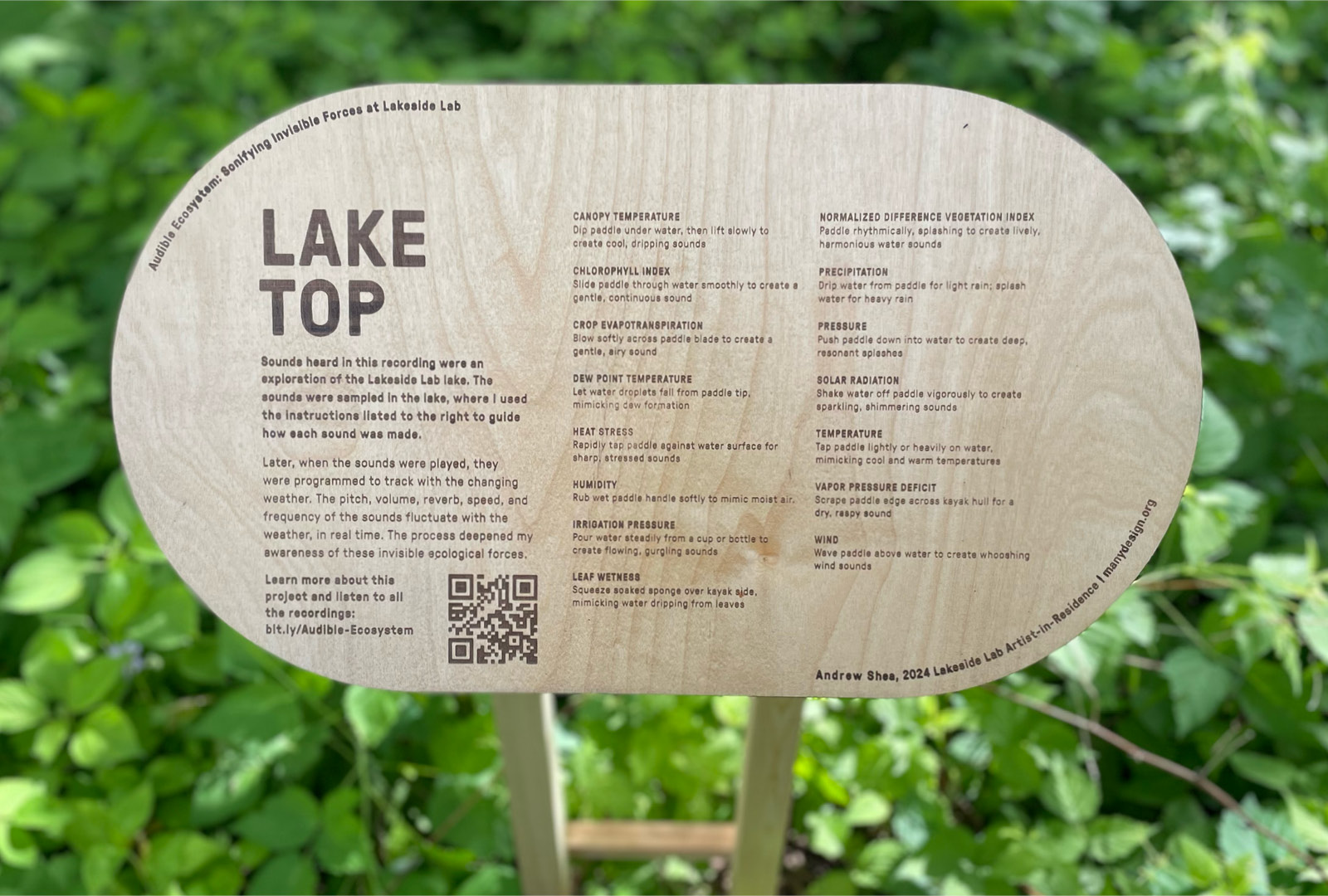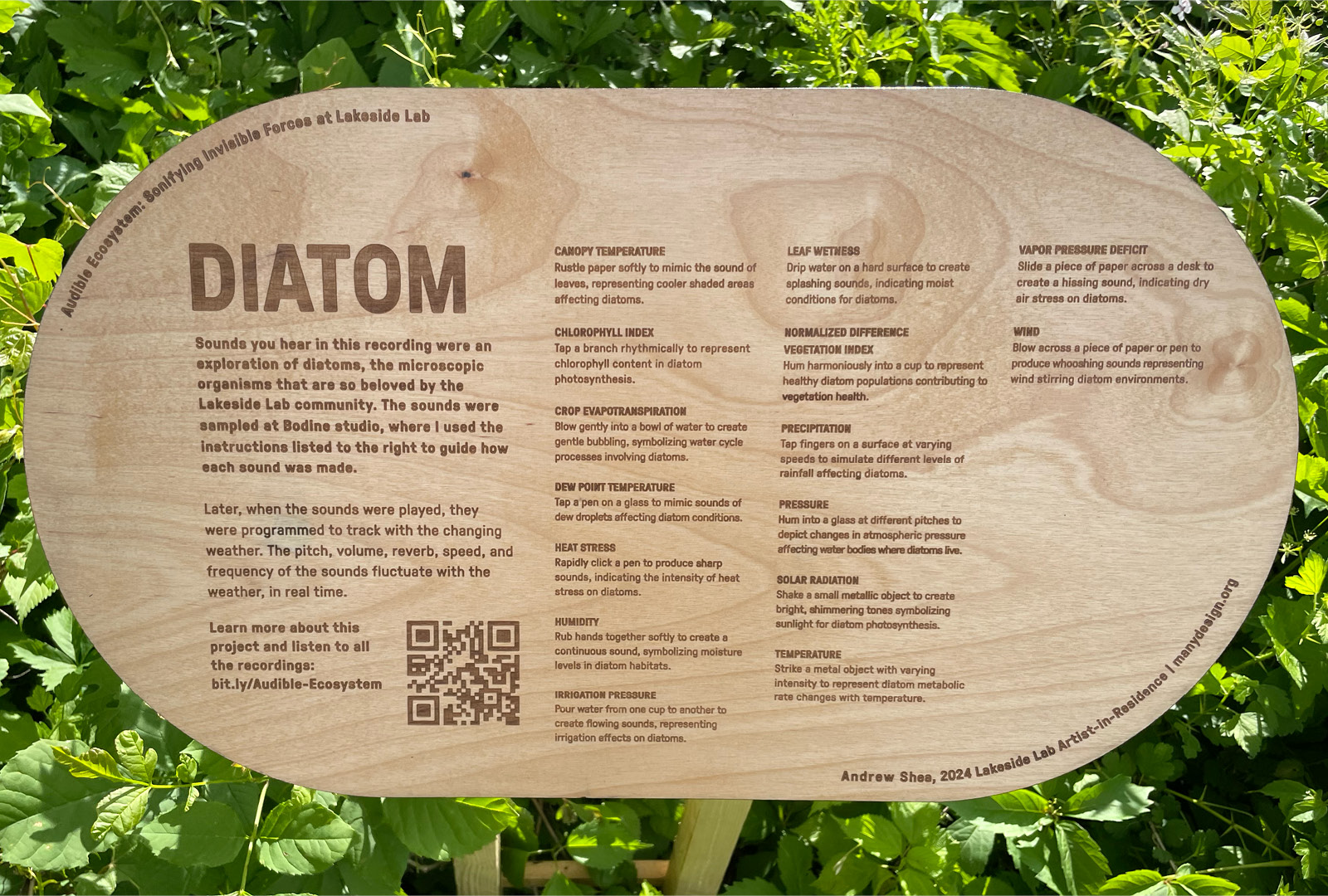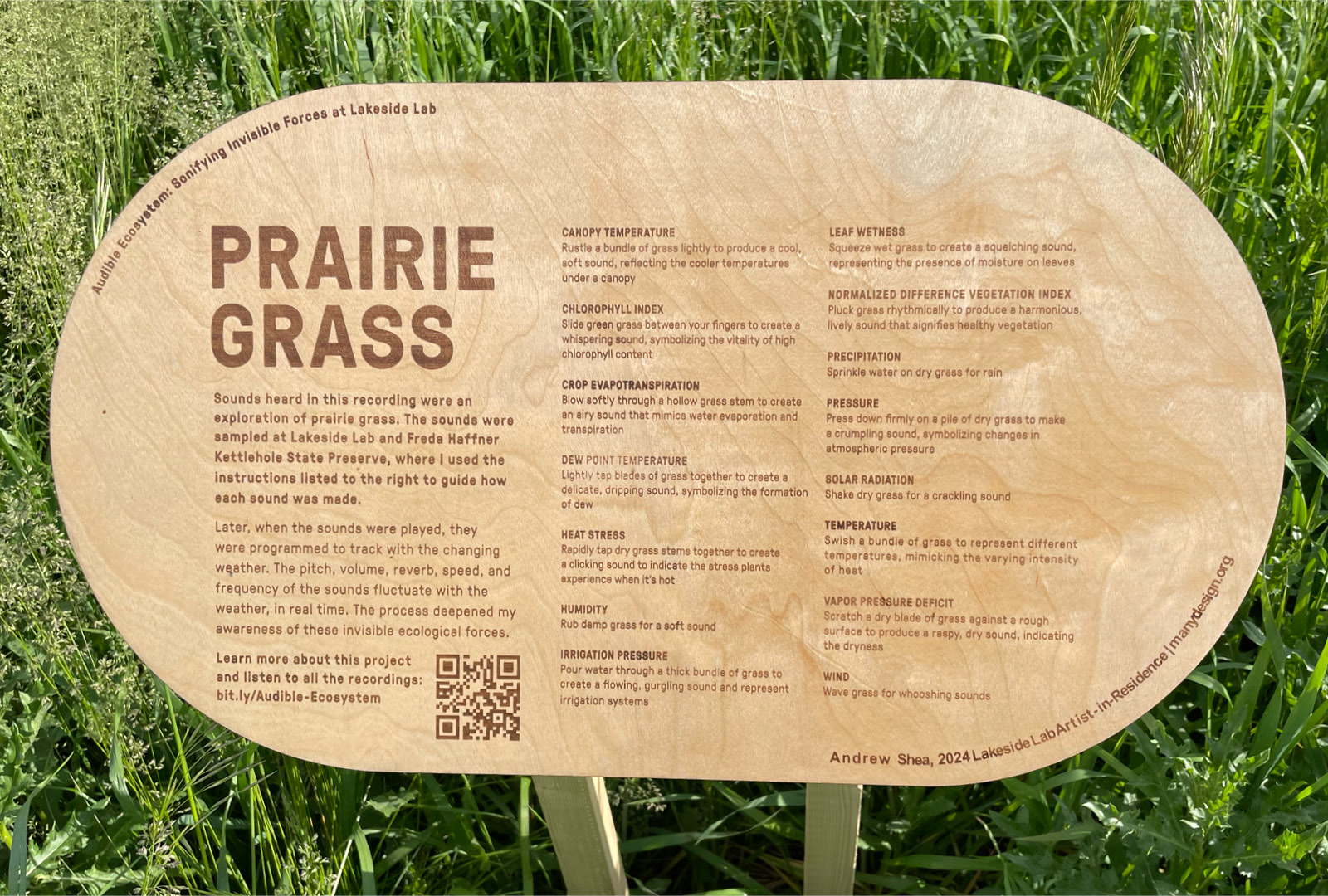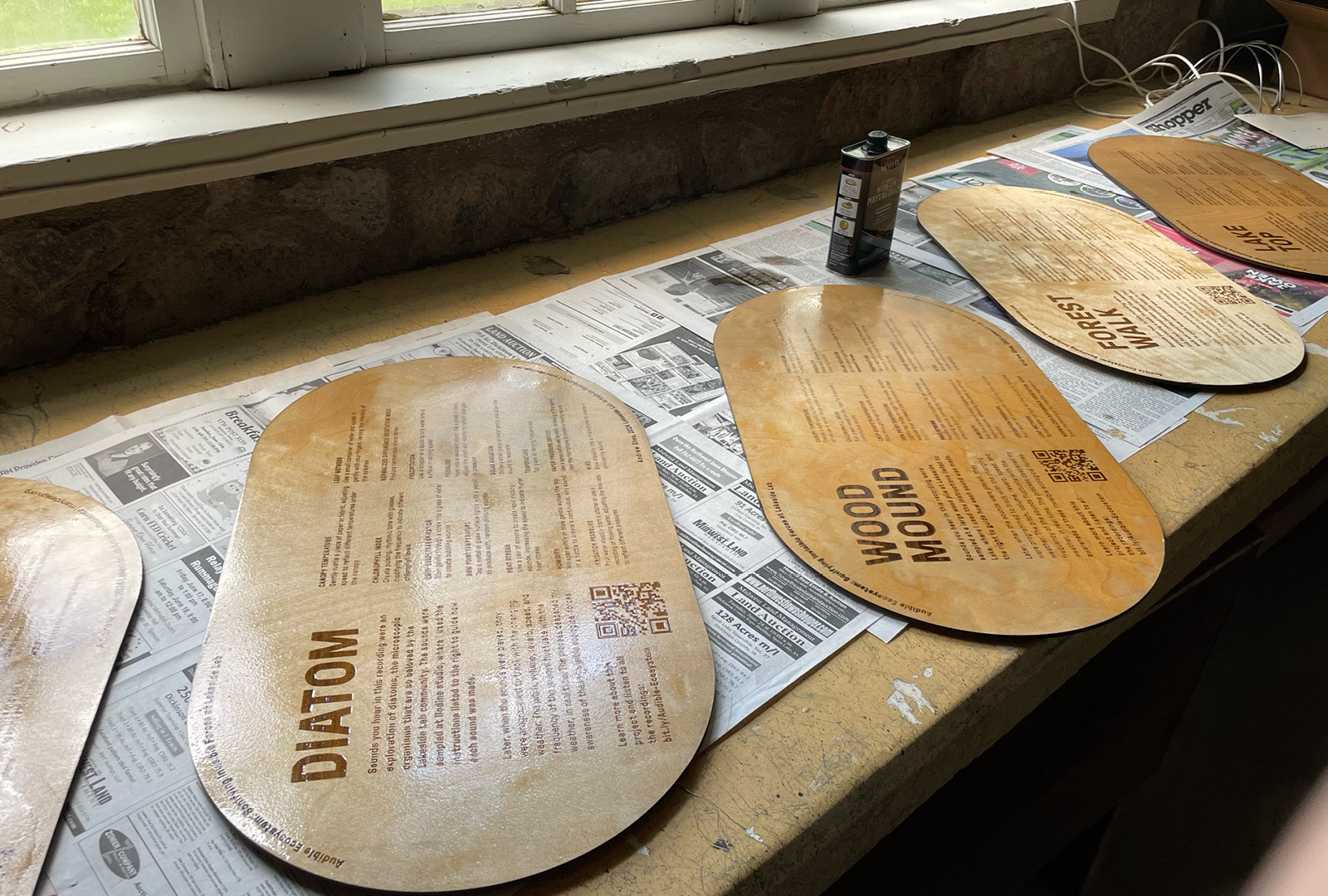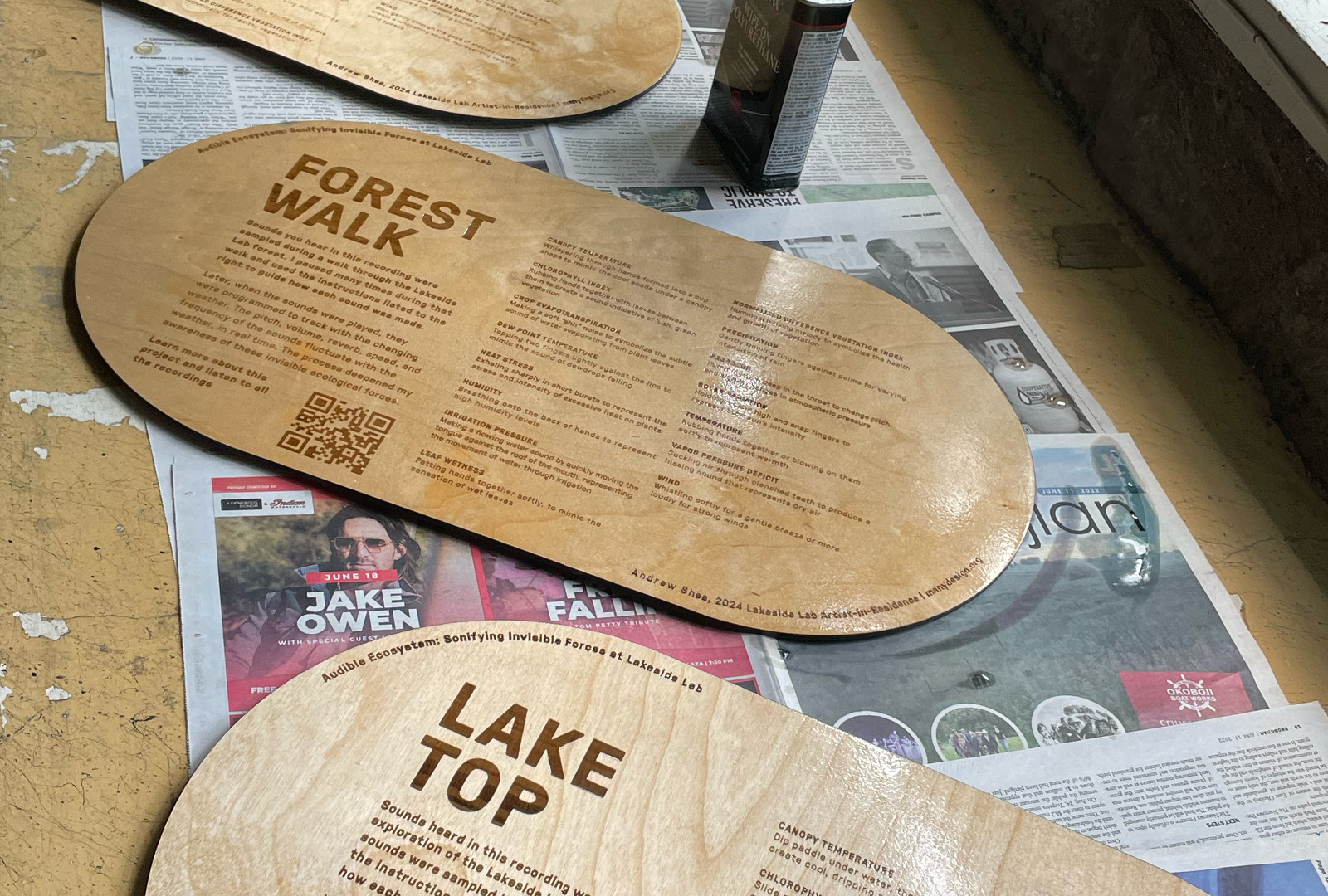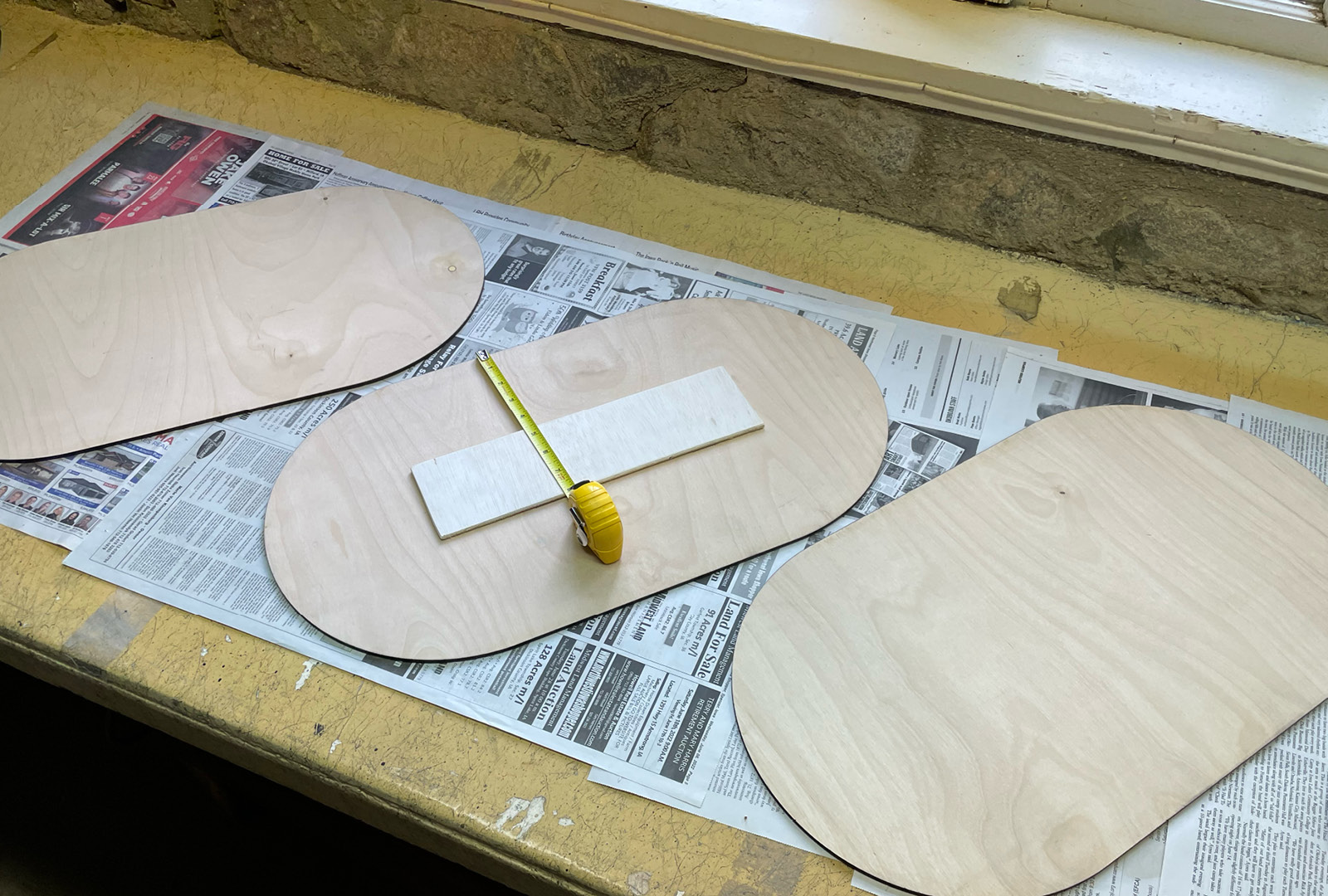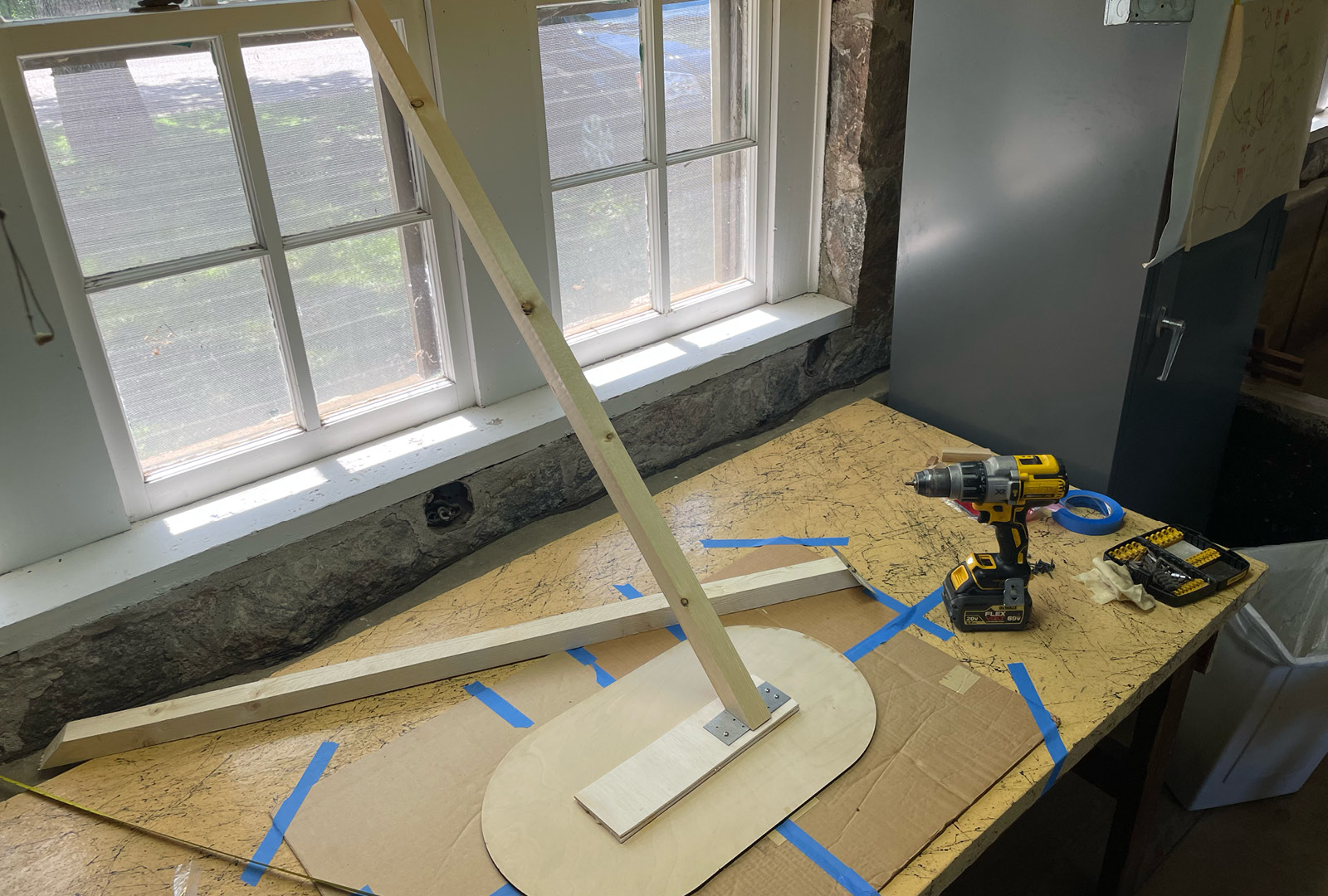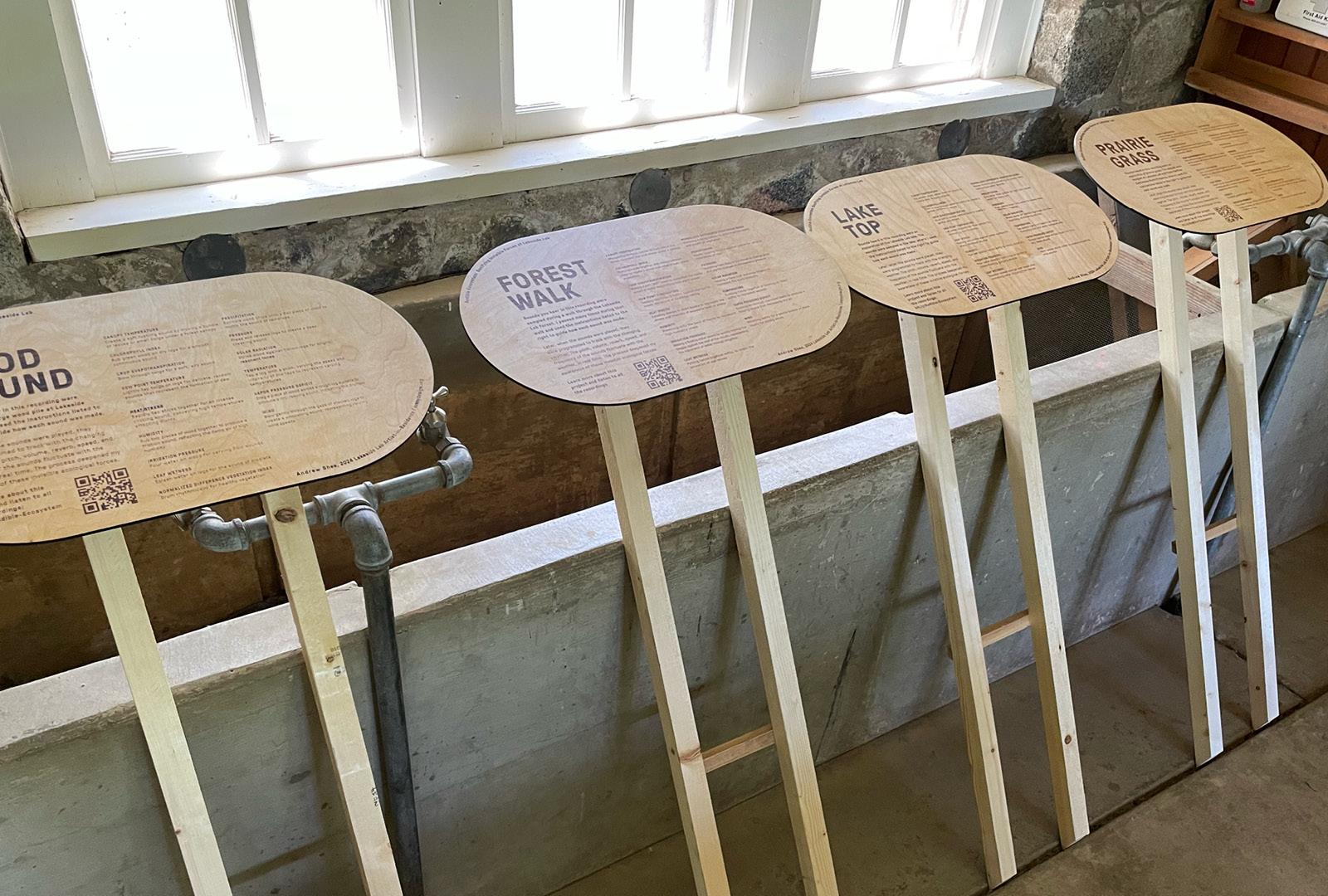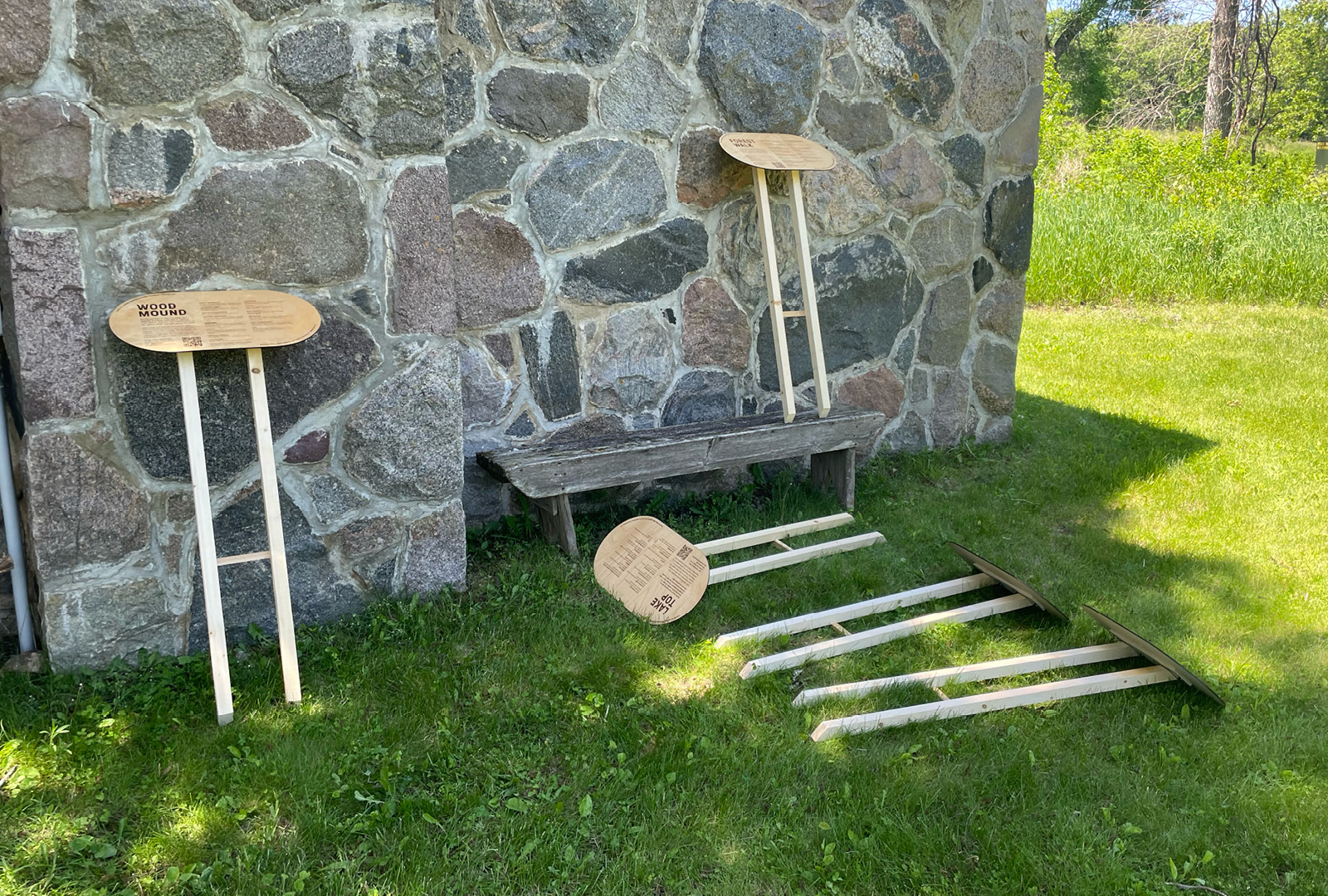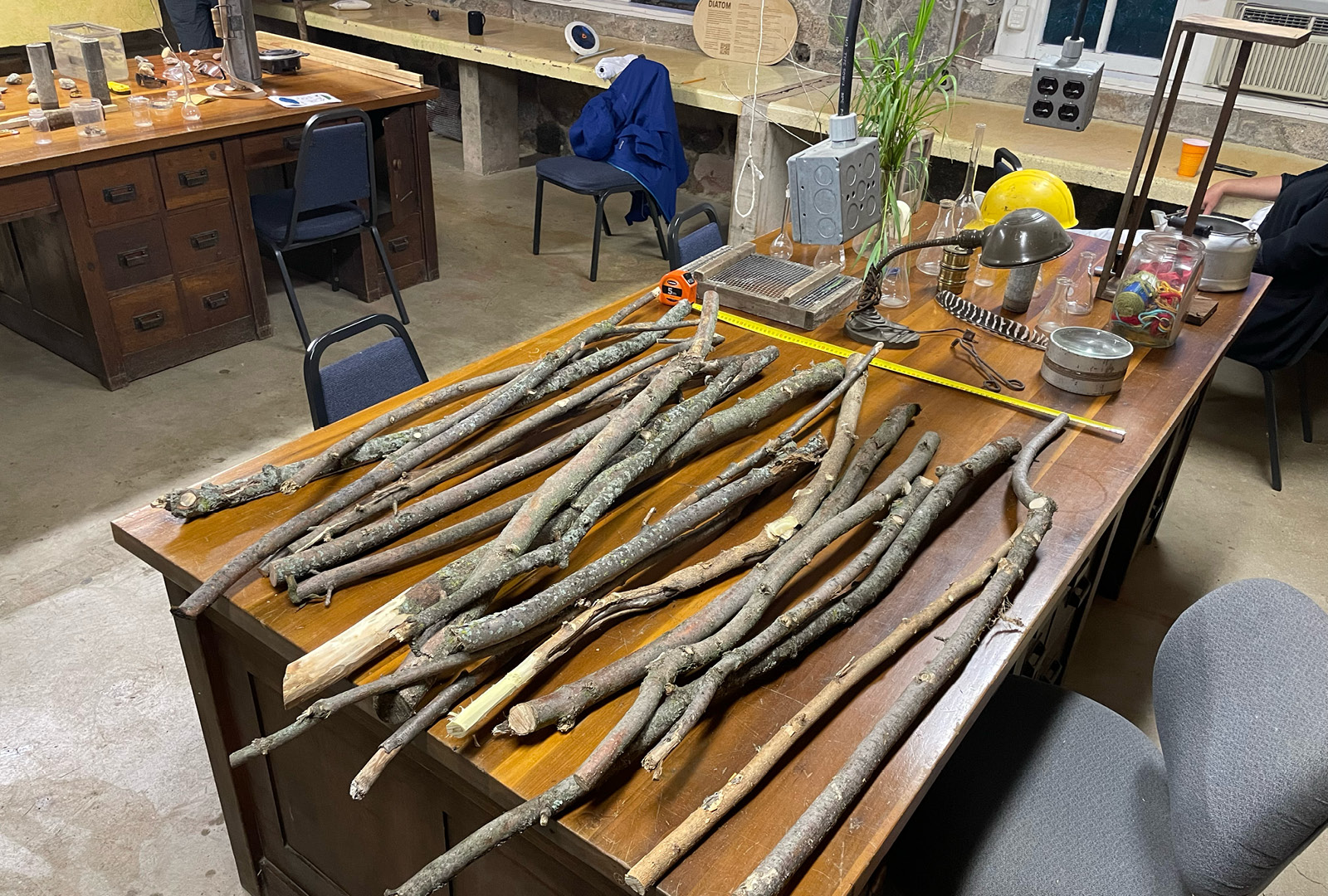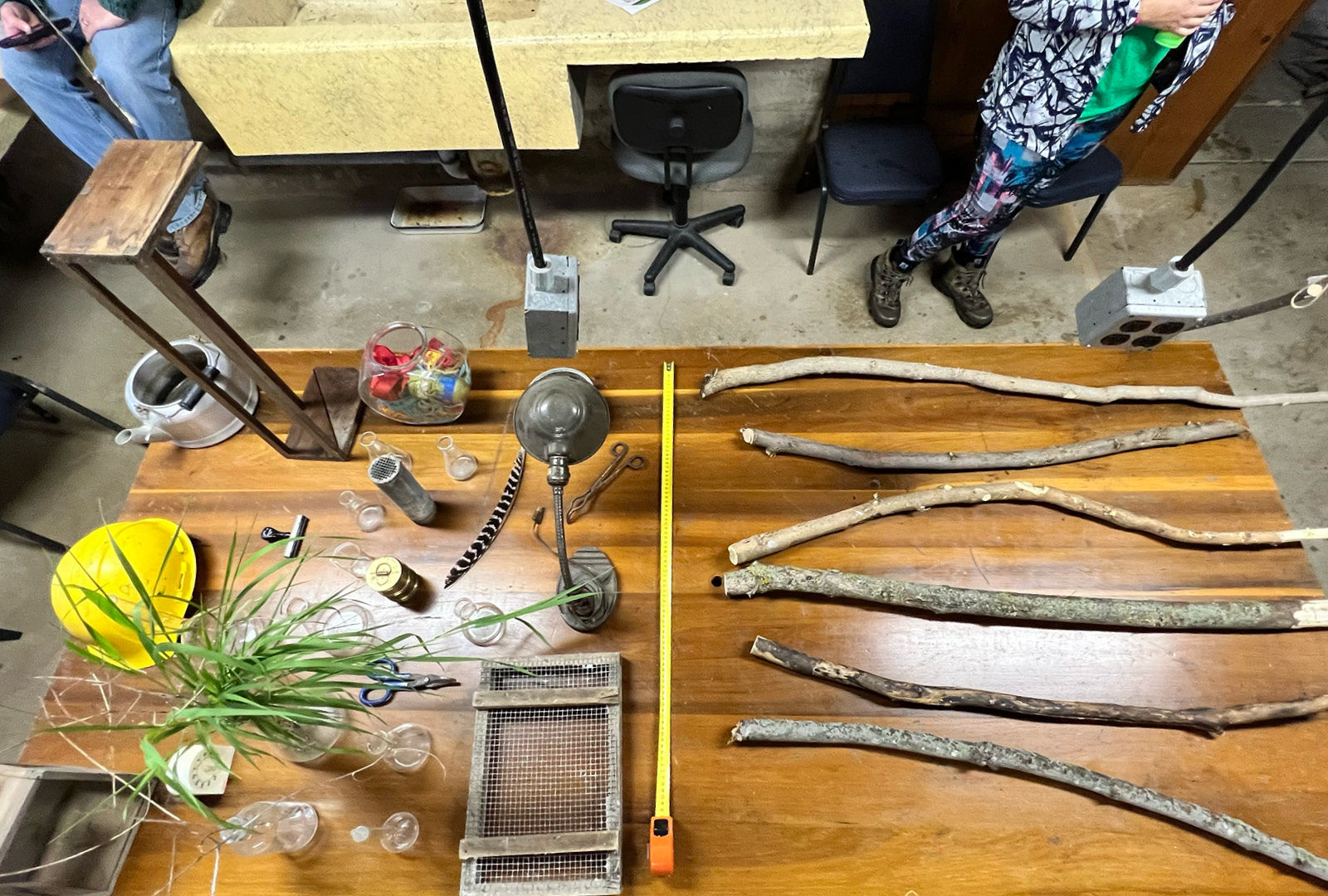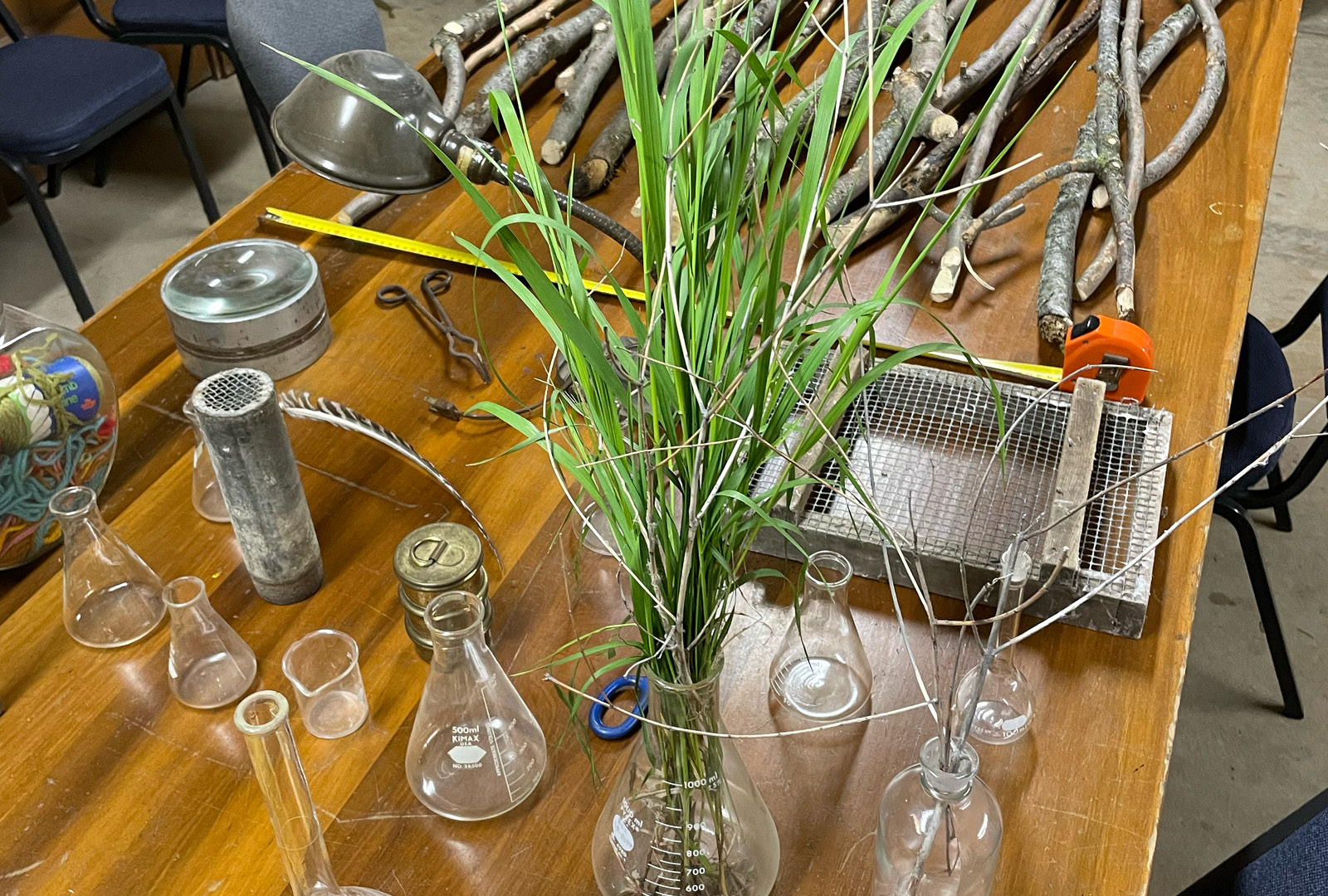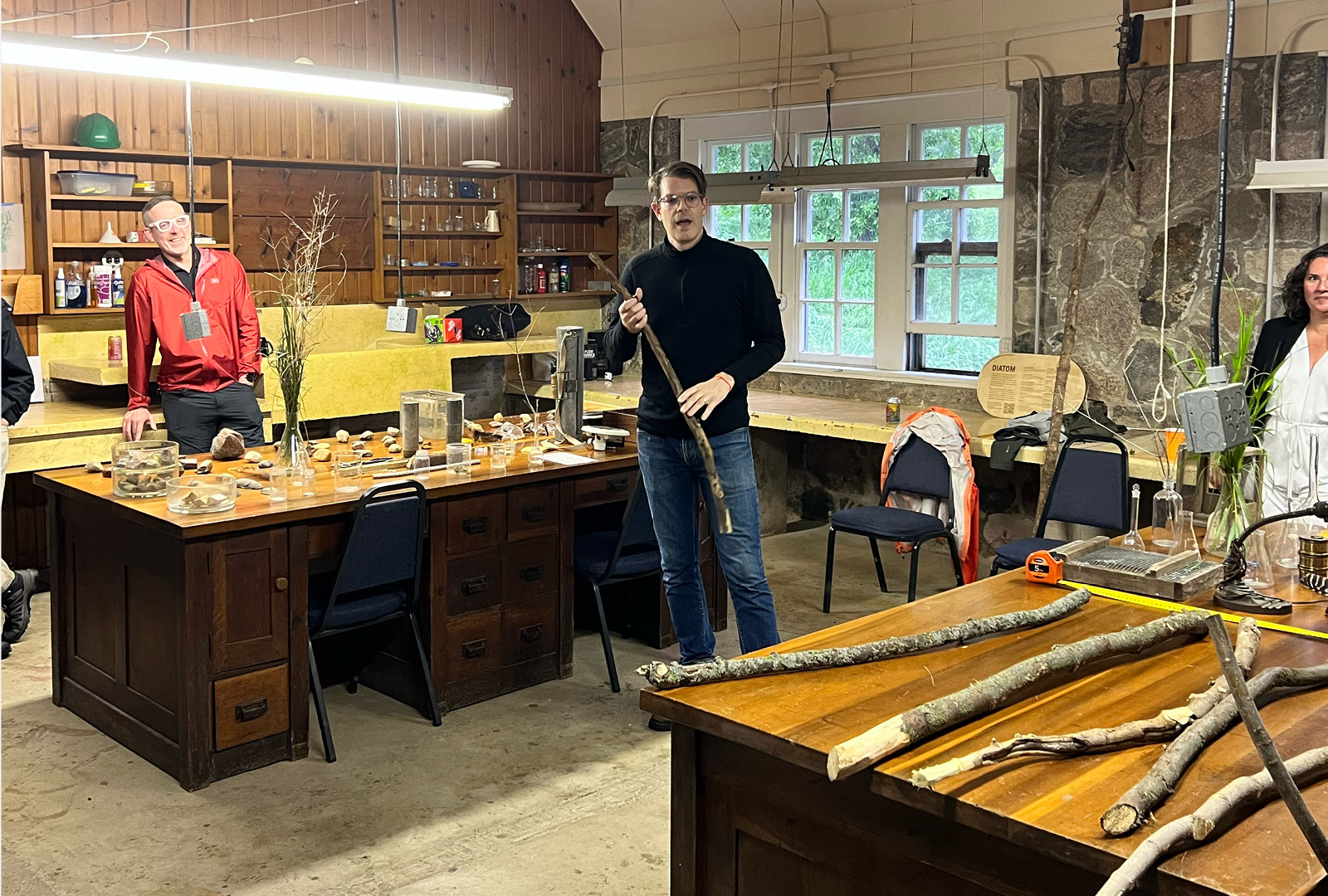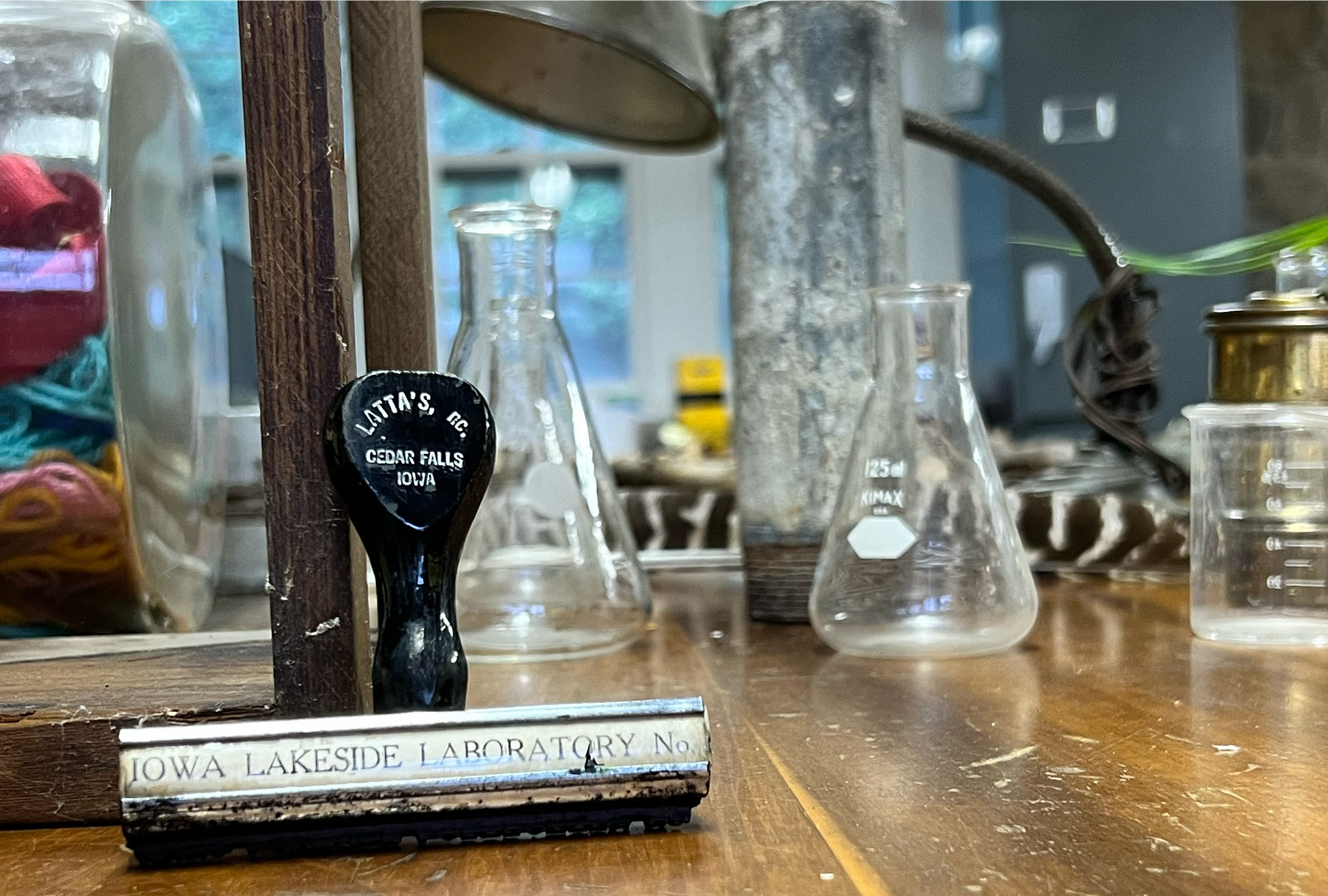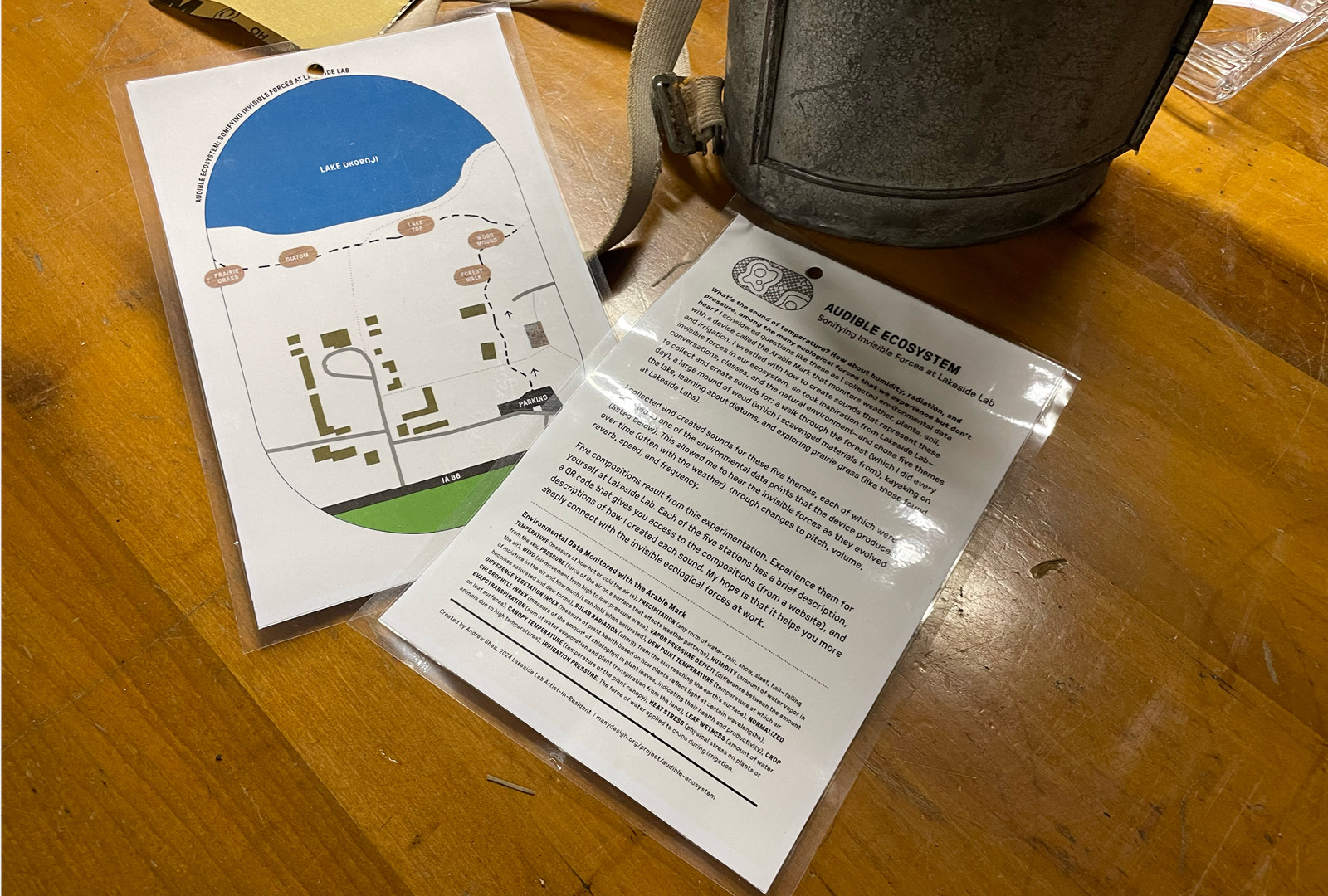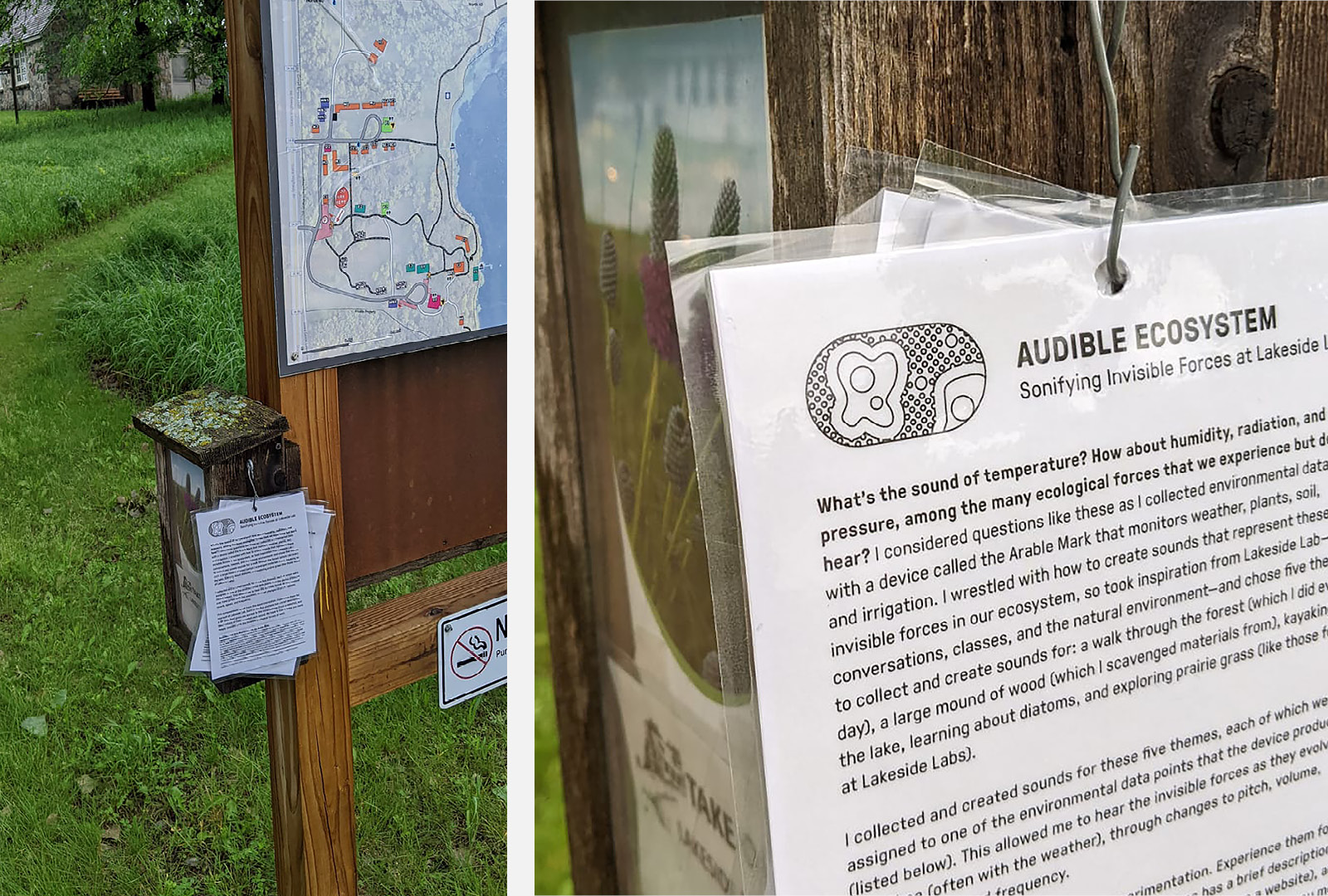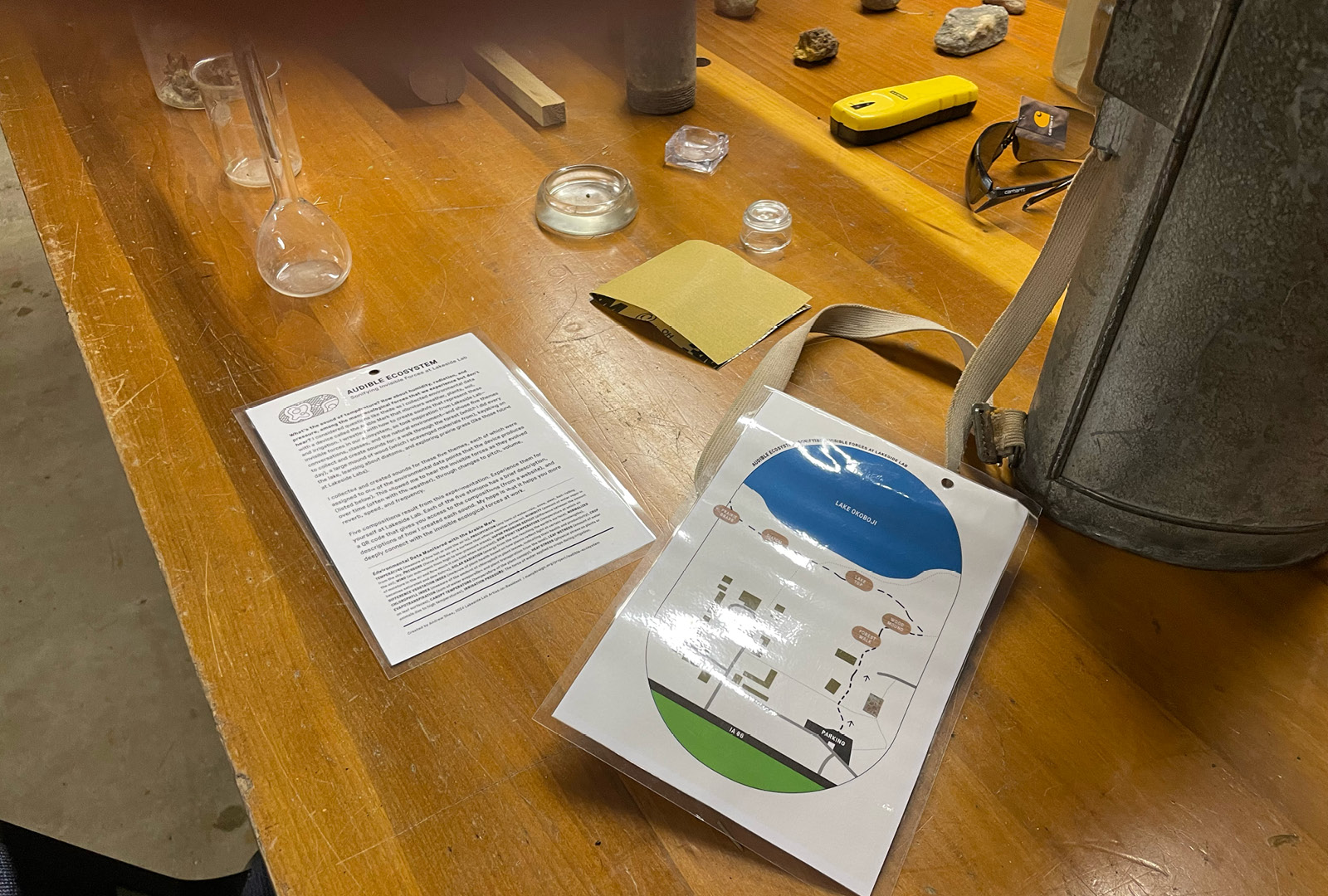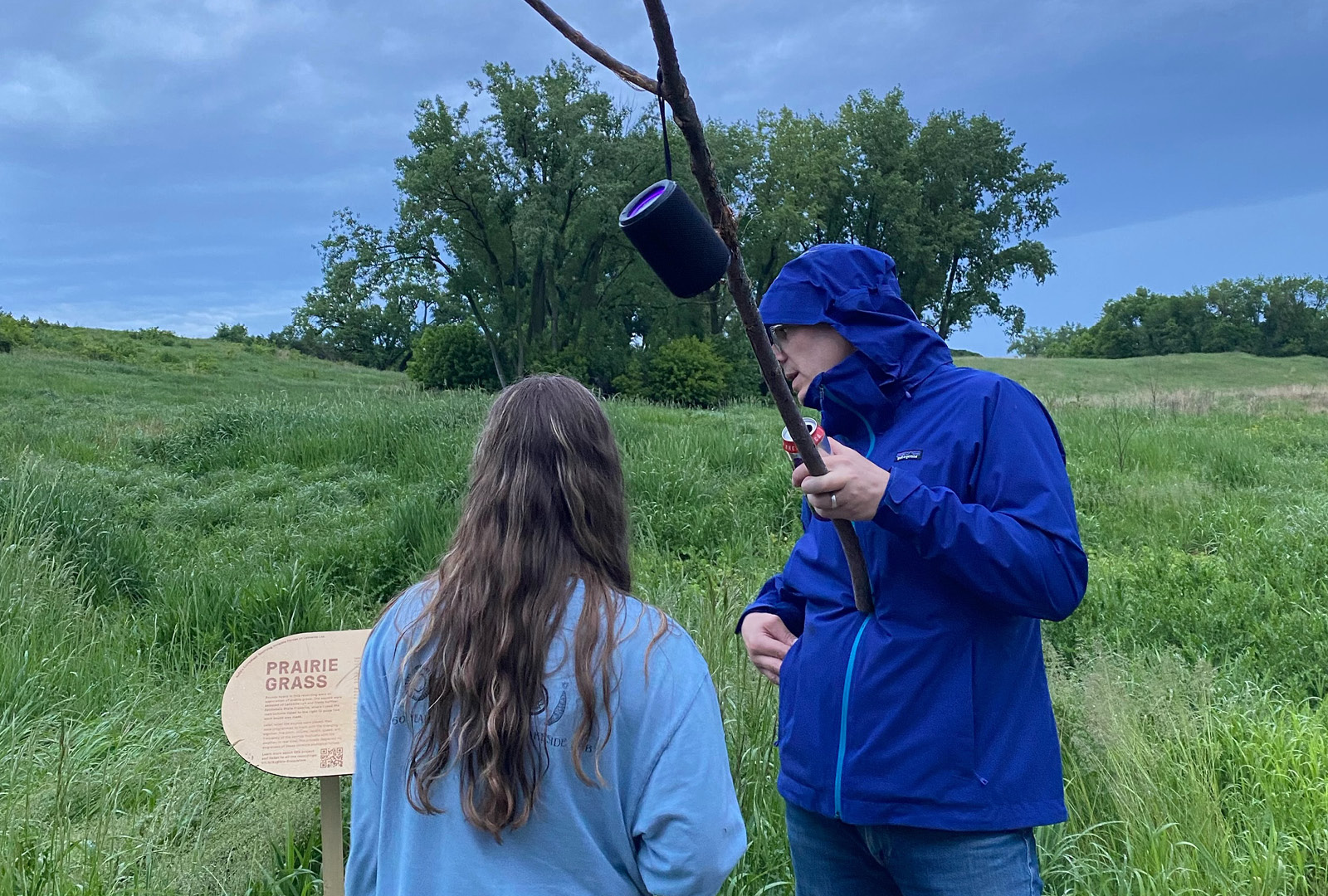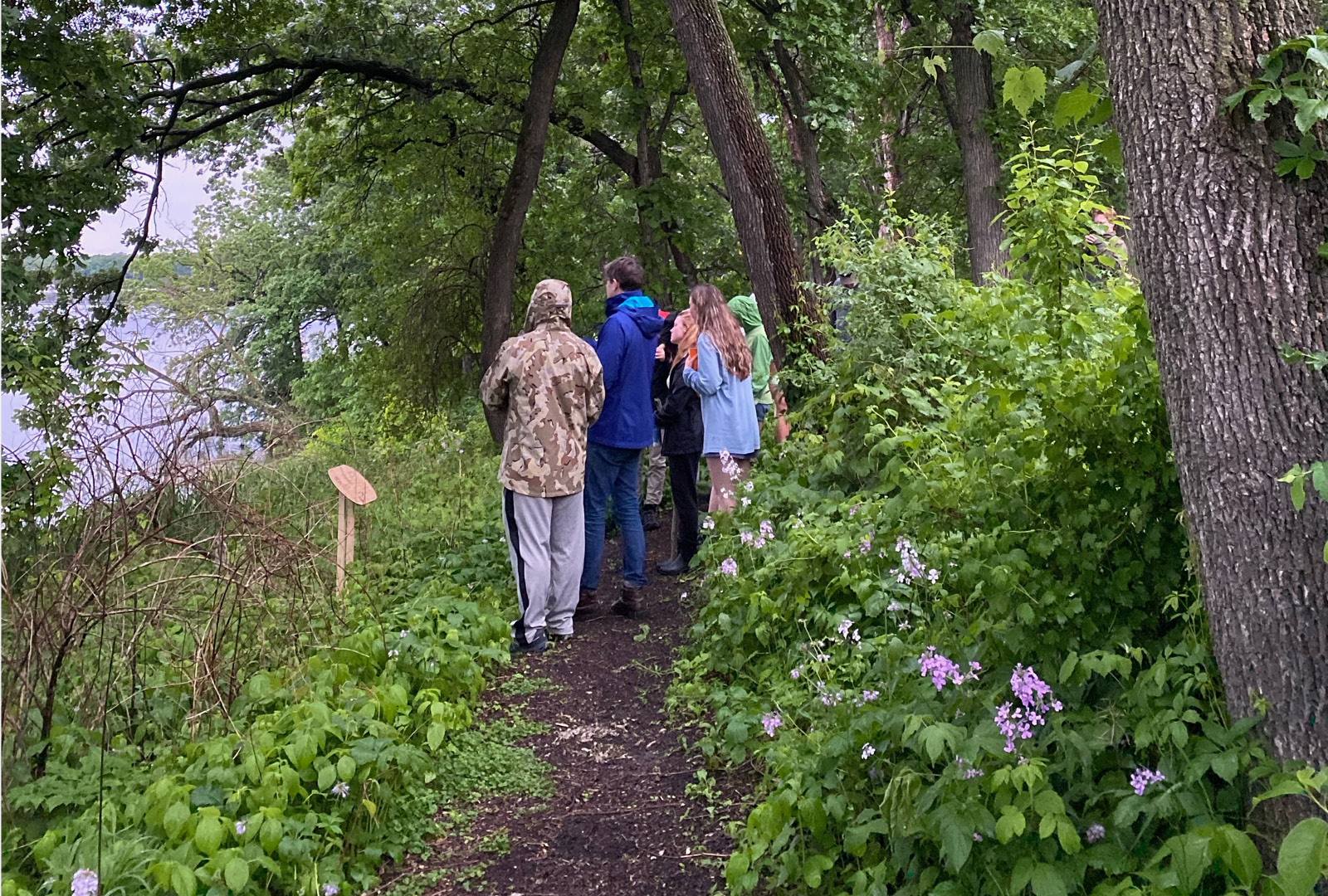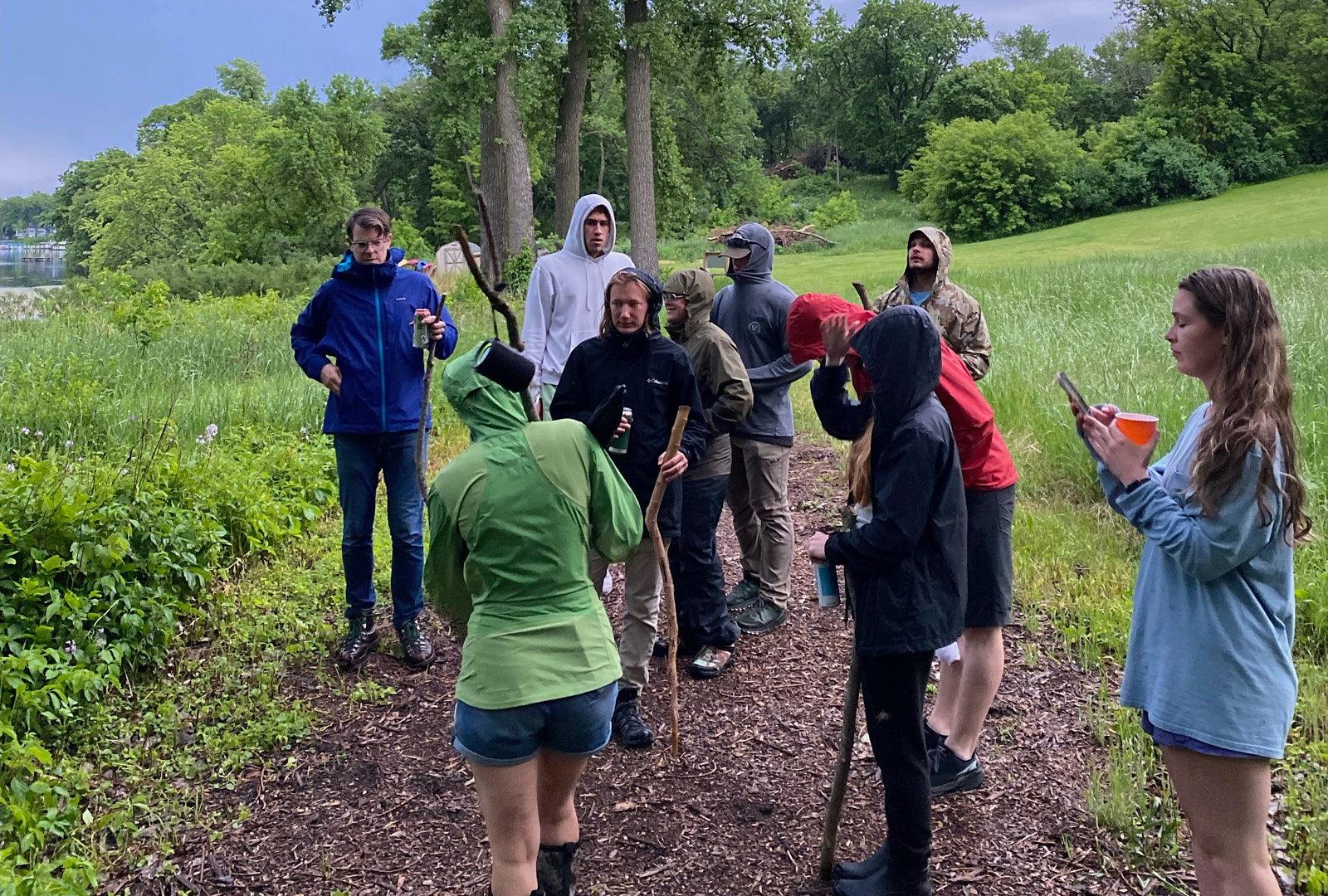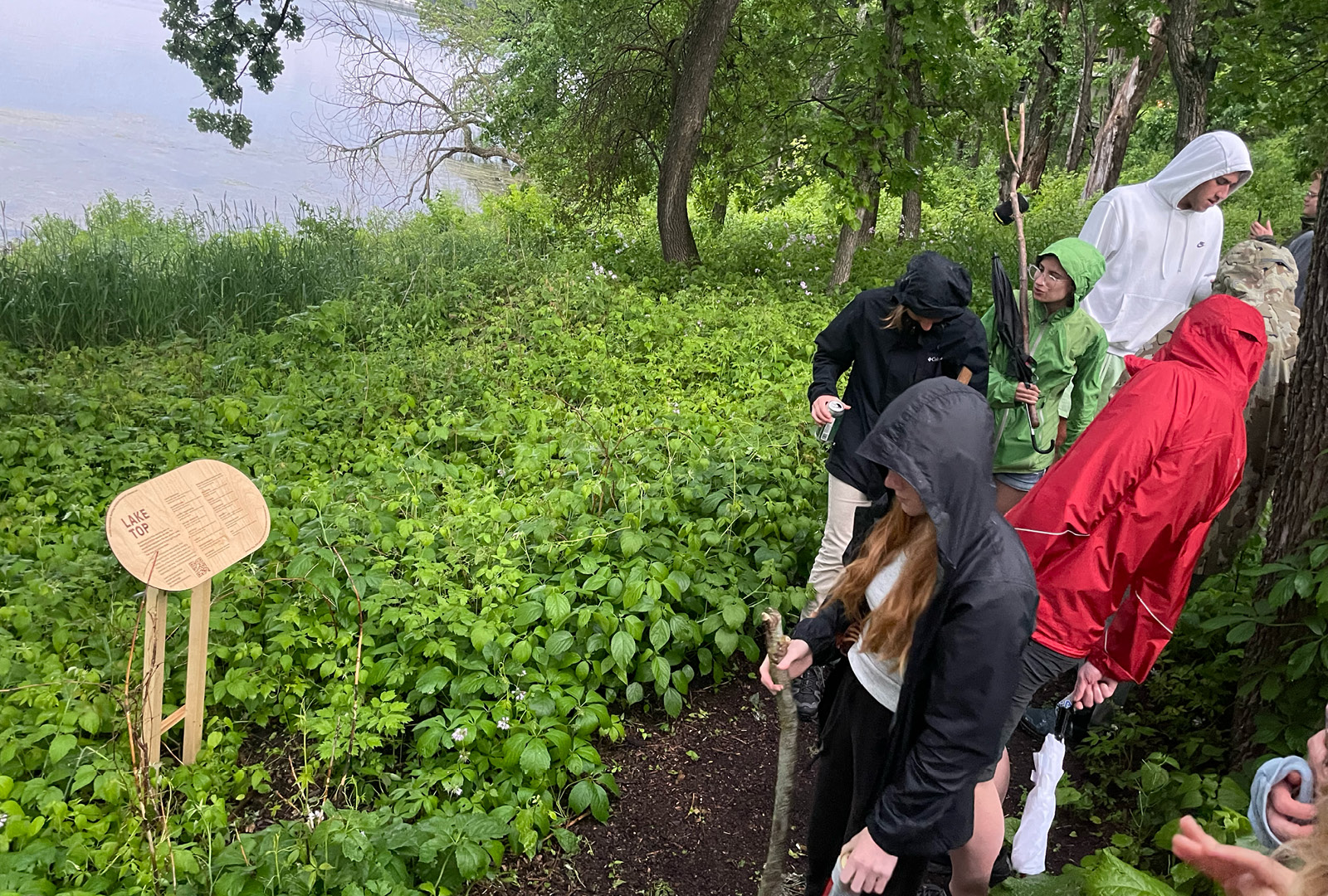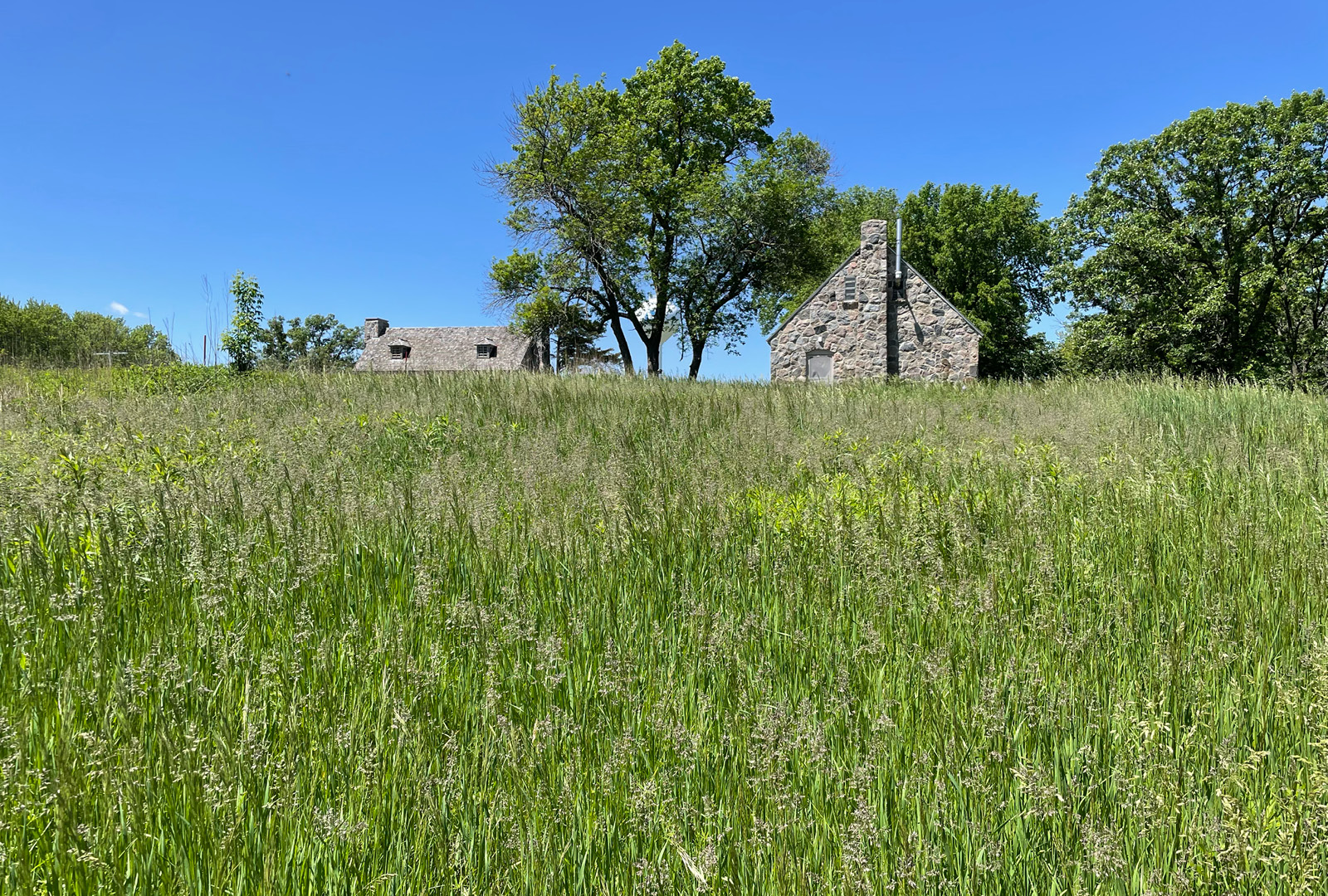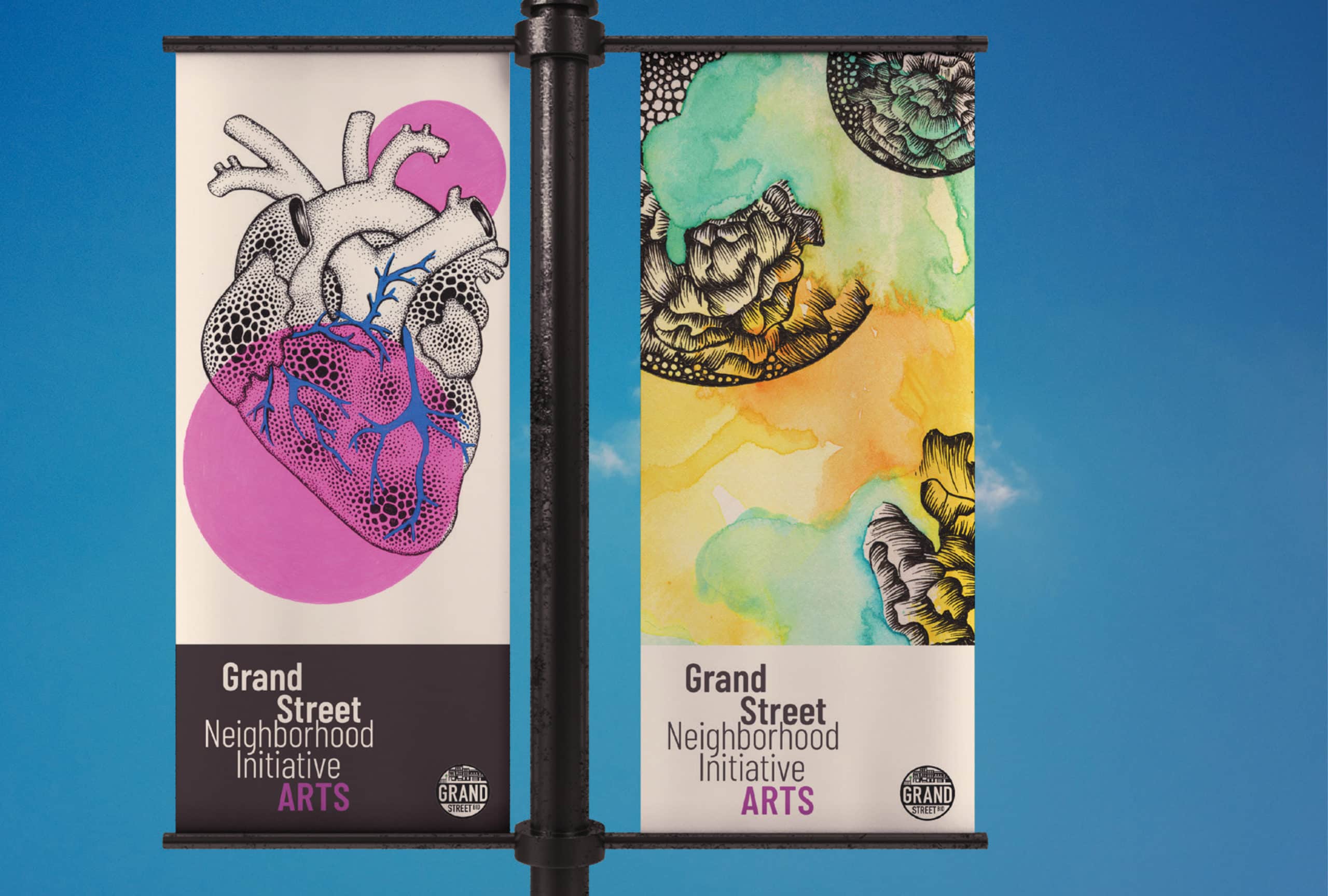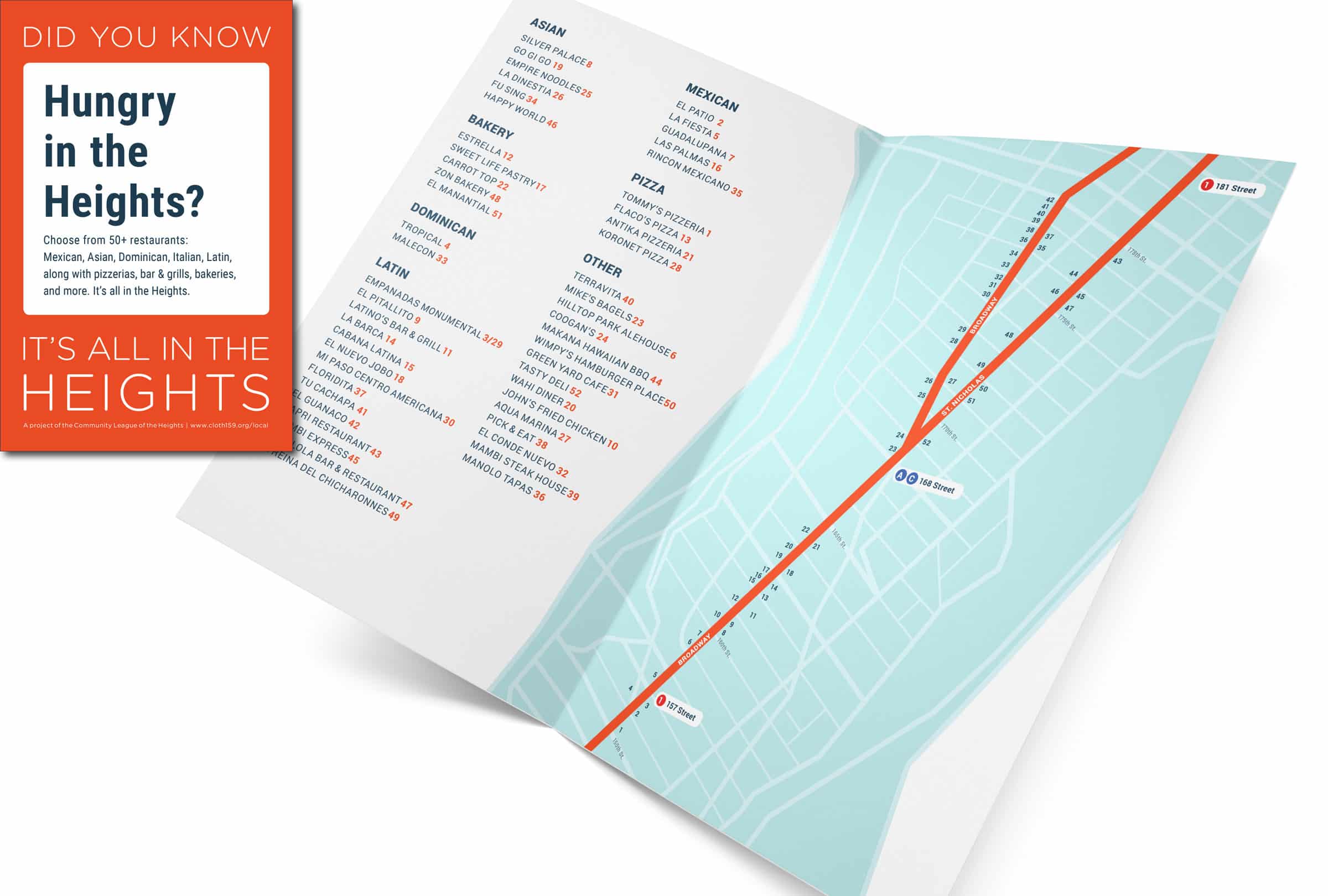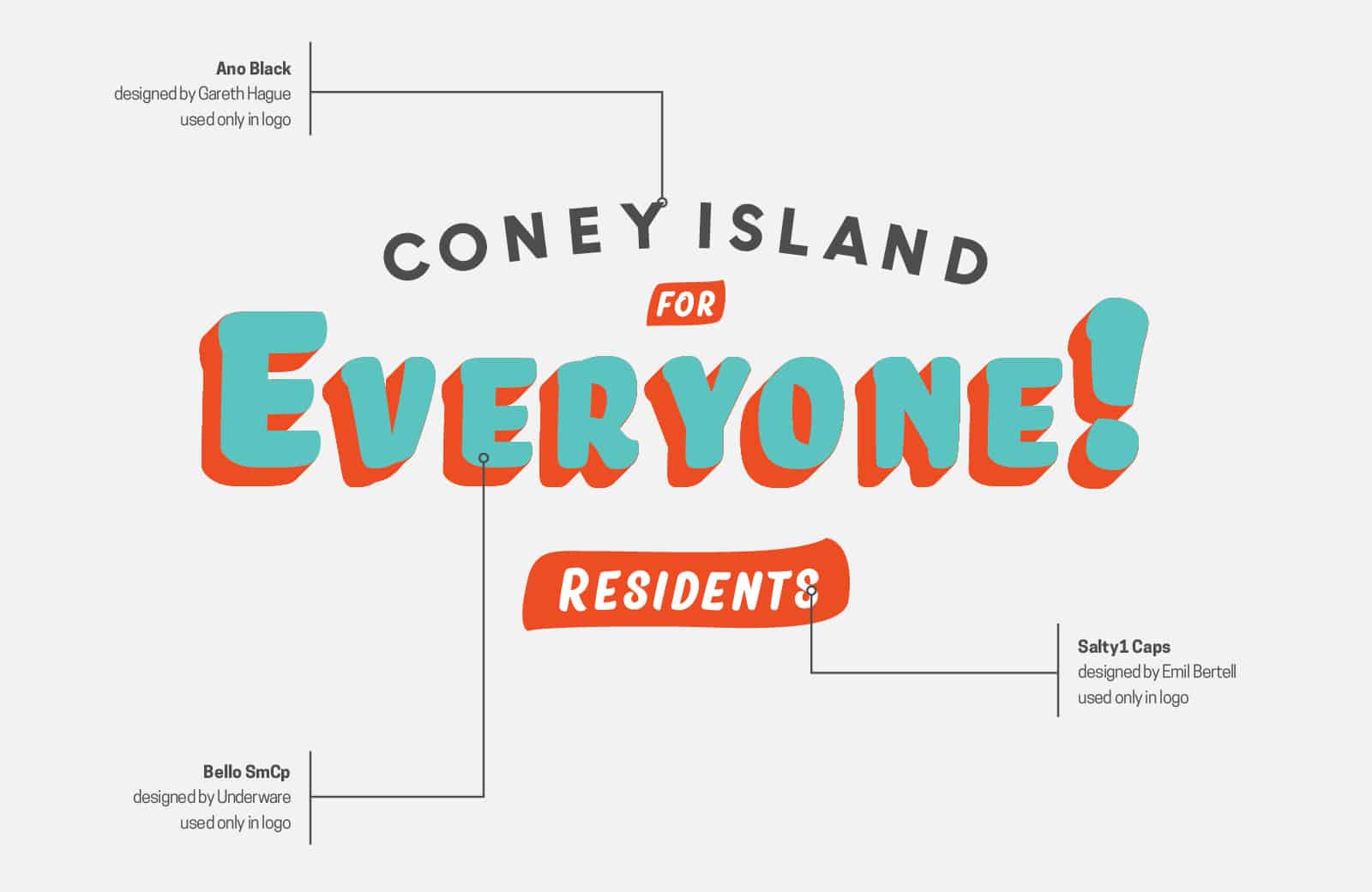audible ecosystem:
Sonifying the Invisible
Lakeside Lab
What’s the sound of temperature? How about humidity, radiation, and pressure, among the many ecological forces we experience but don’t hear? I considered questions like these as I collected environmental data using a device called the Arable Mark, which monitors weather, plants, soil, and irrigation, and created a set of five linked installations at Lakeside Lab. Each of the five installations includes a sign that orients visitors to the unique sound composition described at that particular site. Each sign includes a brief overview, a QR code that leads to this webpage where listeners can experience each sound composition, and details about how each composition was created, all of which draw listeners to connect more deeply with the invisible ecological forces at work. Listen to each composition below, then learn more about the project's development.
Approach
My research began by installing the Arable Mark at Lakeside Lab so it could start streaming ecological data about the area. In total, the Arable Mark is capturing 15 areas of ecological data (read descriptions of these at the bottom of this page).
Accurately streaming the data was an important step, but figuring out how to use that data to create sound would be inspired by my interactions with the people at Lakeside Lab, the areas of research that many of them are conducting, and the ecologies that I was experiencing.
During my two-week residency, five themes stood out as important to focus on: the forest that people walk through, the lake that people see and experiment in, the diatom research community that thrives at Lakeside Lab, prairie grass that takes up much of the property and the surrounding land, and wood that has fallen due to storms and forms mounds at the property.
For each theme, I brainstormed a list of instructions to follow while generating each sound for each of the 15 environmental factors used in each composition. The pitch, volume, reverb, speed, and frequency of each sound created were programmed to fluctuate along with the weather in real time. Find designs for all signs here, and listen to recordings below.
1. Forest Walk
Sounds used in this recording were created during walks through the Lakeside Lab forest.
Listen here:
2. Wood Mound
The sounds in this recording were generated at a mound of fallen wood that was gathered and piled up in the forest at Lakeside Lab.
Listen here:
3. Lake Top
The sounds in this recording were sampled on Lake Okoboji, that Lakeside Lab sits on. Sounds were generated while on a kayak.
Listen here:
4. Diatoms
The sounds in this recording explore diatoms, the microscopic organisms that are a major focus of Lakeside Lab researchers.
Listen here:
5. Prairie Grass
This composition explored prairie grass and was generated with samples gathered at Lakeside Lab and the Freda Haffner Kettlehole State Preserve.
Listen here:
Creating Sounds for Each Installation
For each composition, I brainstormed and followed a list of instructions to generate sounds for each of the 15 different ecological data points that the Arable Mark streamed (find descriptions for each of these at the bottom of this page). Each of the 15 data points was assigned a sound in a program called Max/MSP so that as the streaming data changed with the weather, so did their correlated sounds. The pitch, volume, reverb, speed, and frequency of each sound were programmed to fluctuate along with the changing weather in real-time. This generative process led to a unique combination of sounds that reflected the ecology of each of the five themes.
Designing Each Station
In addition to creating a sonic response to the local ecology, I designed and installed physical signs for each station of this walking tour so listeners could stop and reflect on some of the details I considered while making each piece. For each station sign, I chose the abstract shape of a lake and positioned each station along the path where that ecological theme is represented.
Open Studio and Walking Tour
On the last night of the residency, I introduced the Lakeside Lab community to my project by arranging my studio tables with many of the elements I use to make the sound. This was a moment to celebrate, and a brave group even forged through a rainy and mosquito-filled walk to experience the installation.
Future Walking Experiences
I created handouts to give visitors more context in the future as they walk through each station without me there. Download the handout here. I also cut 30 walking sticks that vary in height and weight that visitors can use to walk the grounds.
Ecological Data Captured
by the Arable Mark
- Temperature (measure of how hot or cold the air is)
- Precipitation (any form of water—rain, snow, sleet, hail—falling from the sky)
- Pressure (force of the air on a surface that affects weather patterns)
Humidity (amount of water vapor in the air)
Wind (air movement from high to low-pressure areas)
- Vapor Pressure Deficit (difference between the amount of moisture in the air and how much it can hold when saturated)
- Crop Evapotranspiration (sum of water evaporation and plant transpiration from the land)
- Leaf Wetness (amount of water on leaf surfaces)
- Canopy Temperature (temperature of the plant canopy)
- Dew Point Temperature (temperature at which air becomes saturated and dew forms)
- Solar Radiation (energy from the sun reaching the earth’s surface)
- Normalized Difference Vegetation Index (measure of plant health based on how plants reflect light at certain wavelengths)
- Chlorophyll Index (measure of the amount of chlorophyll in plant leaves, indicating their health and productivity)
- Heat Stress (physical stress on plants or animals due to high temperatures)
- Irrigation Pressure: (force of water applied to crops during irrigation)
Origins
“Audible Ecosystems” can be traced to 2016, when I co-taught a graduate course at Parsons School of Design with John Roach. The course was a collaboration with Freshkills Park, once the world's largest landfill but now larger than Central Park. Students used the Arable Mark to educate New Yorkers’ about the complicated history of this park. One team—Tanvi Nitin Dhond, Noah Litvin, and Christopher Lopez, created Botanical Transmissions, an open-sourced project that used the Mark to create sounds. Like those three, I was inspired by others who created ways to sonify the natural and urban ecosystems, like Janet Cardiff, Max Neuhaus, Scape Studio, and Jennifer Heuson.
Thank You
Lakeside Lab is a fascinating place, but it was also a special community of people I feel fortunate to have learned from during my two-week residency, including:
Alex Braidwood, Mary Skopec, Matthew Fairchild, diatom researchers (especially Nuphar Rimer and Isabelle Rytlewski), Brent and Zoe (instructors), Abby McKeone, Brogan Behrends, Charlie, Lyndy Holdt, Alicia Marvan.
Related Projects

New York New DesignArt & Architecture
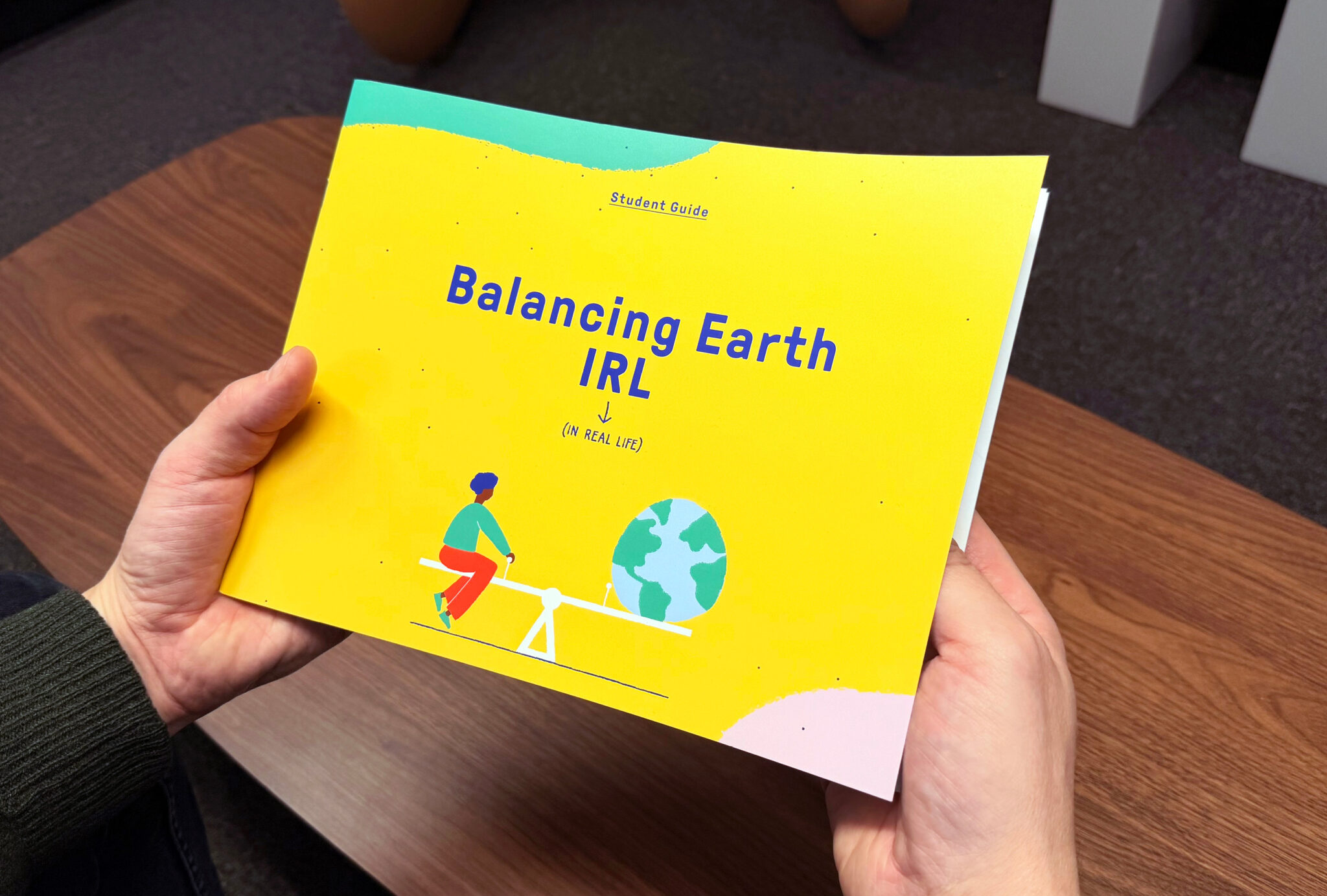
Balancing Earth IRLEducation

Audible Ecosystem: Sonifying the InvisibleArt & Architecture
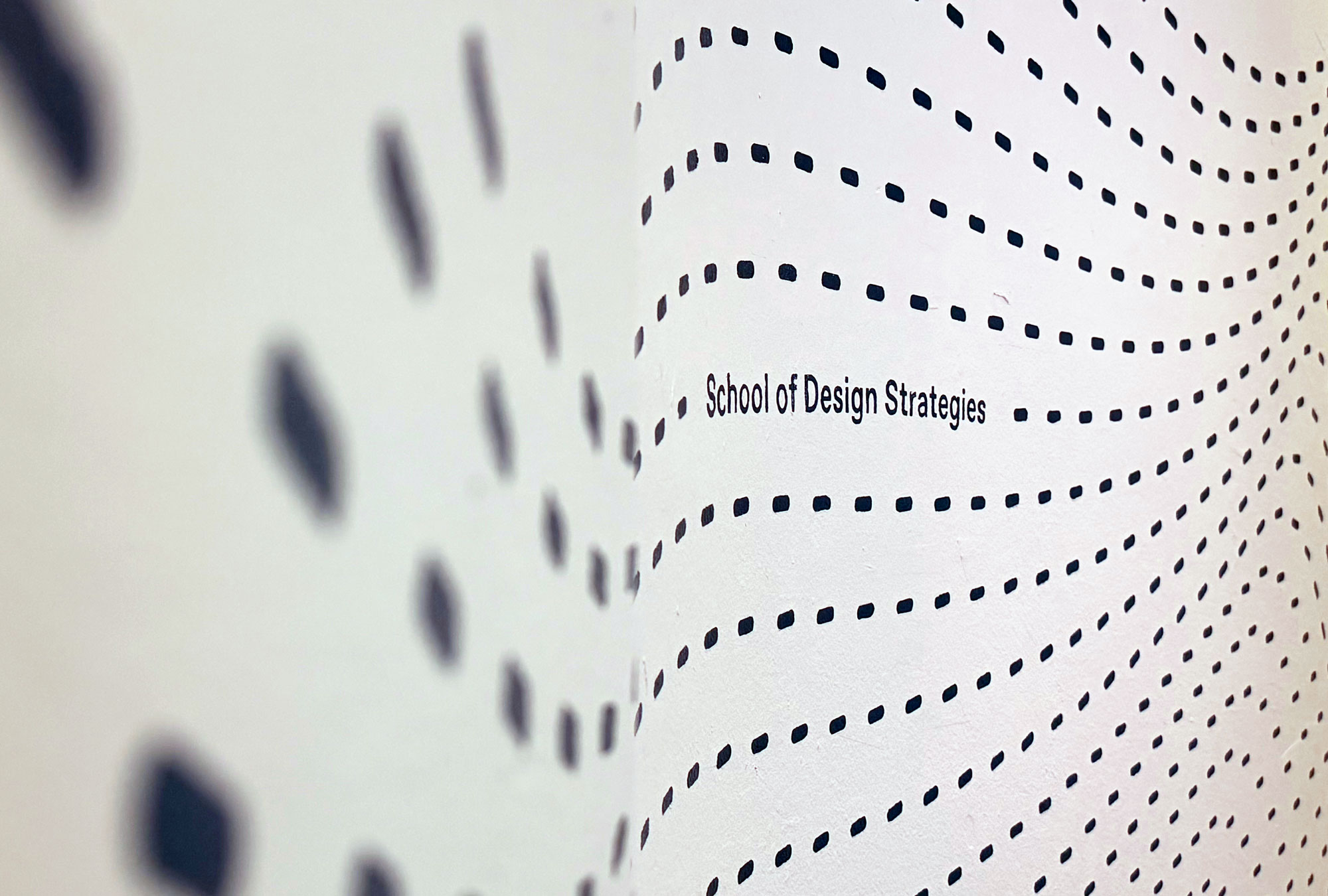
Connected SpacesArt & Architecture
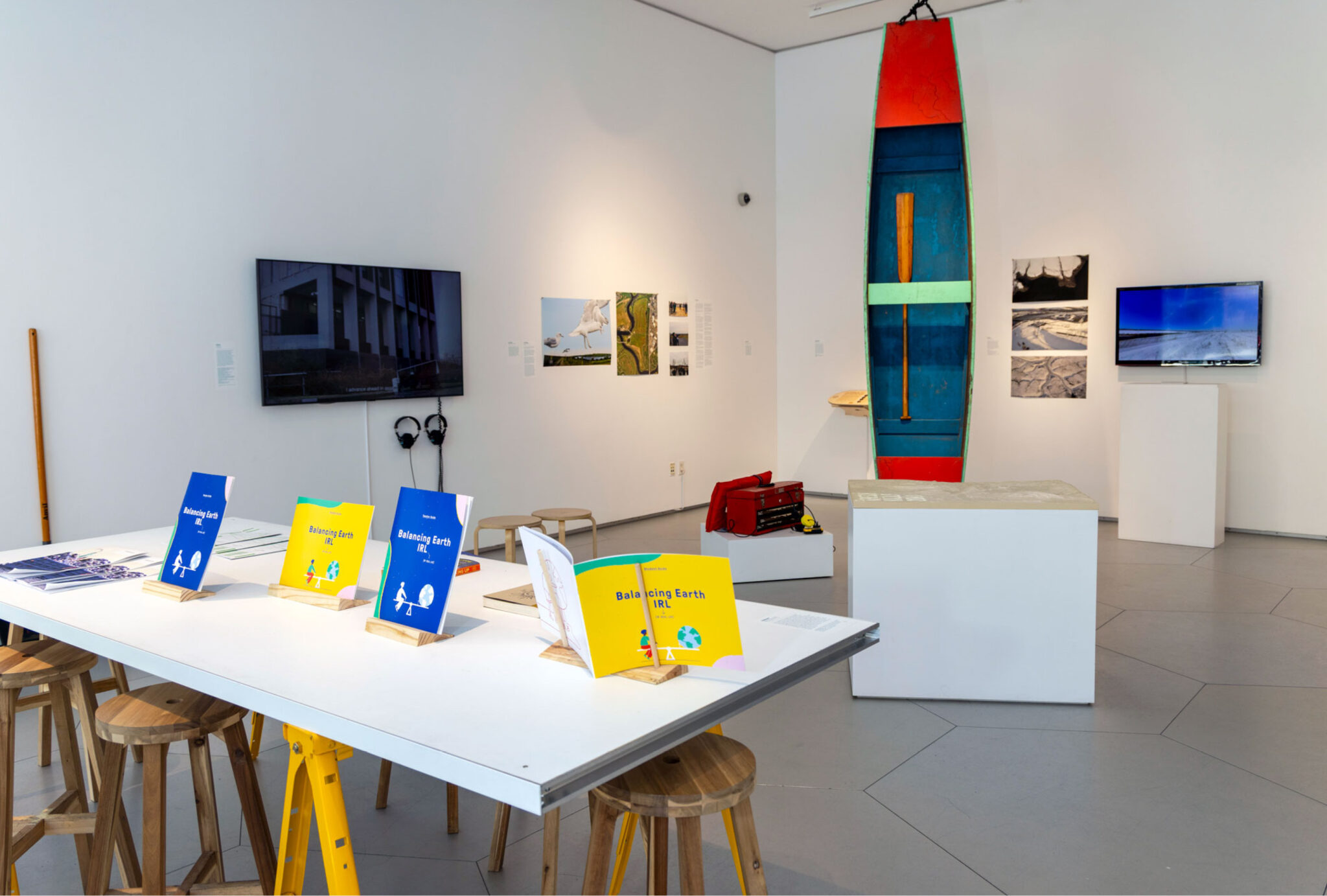
In Plain ViewArt & Architecture
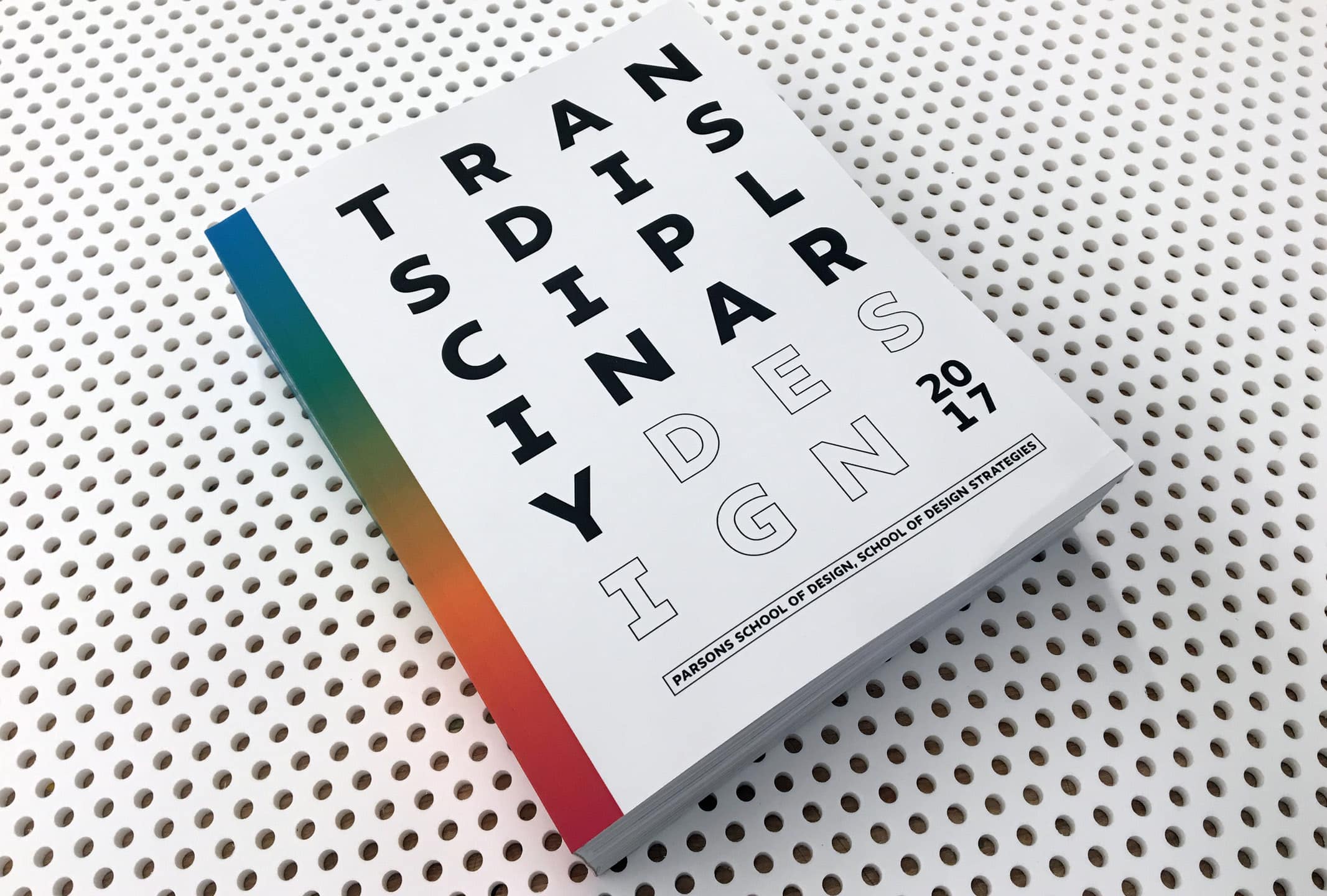
Transdisciplinary DesignEducation

Green Week at PrattEnvironment
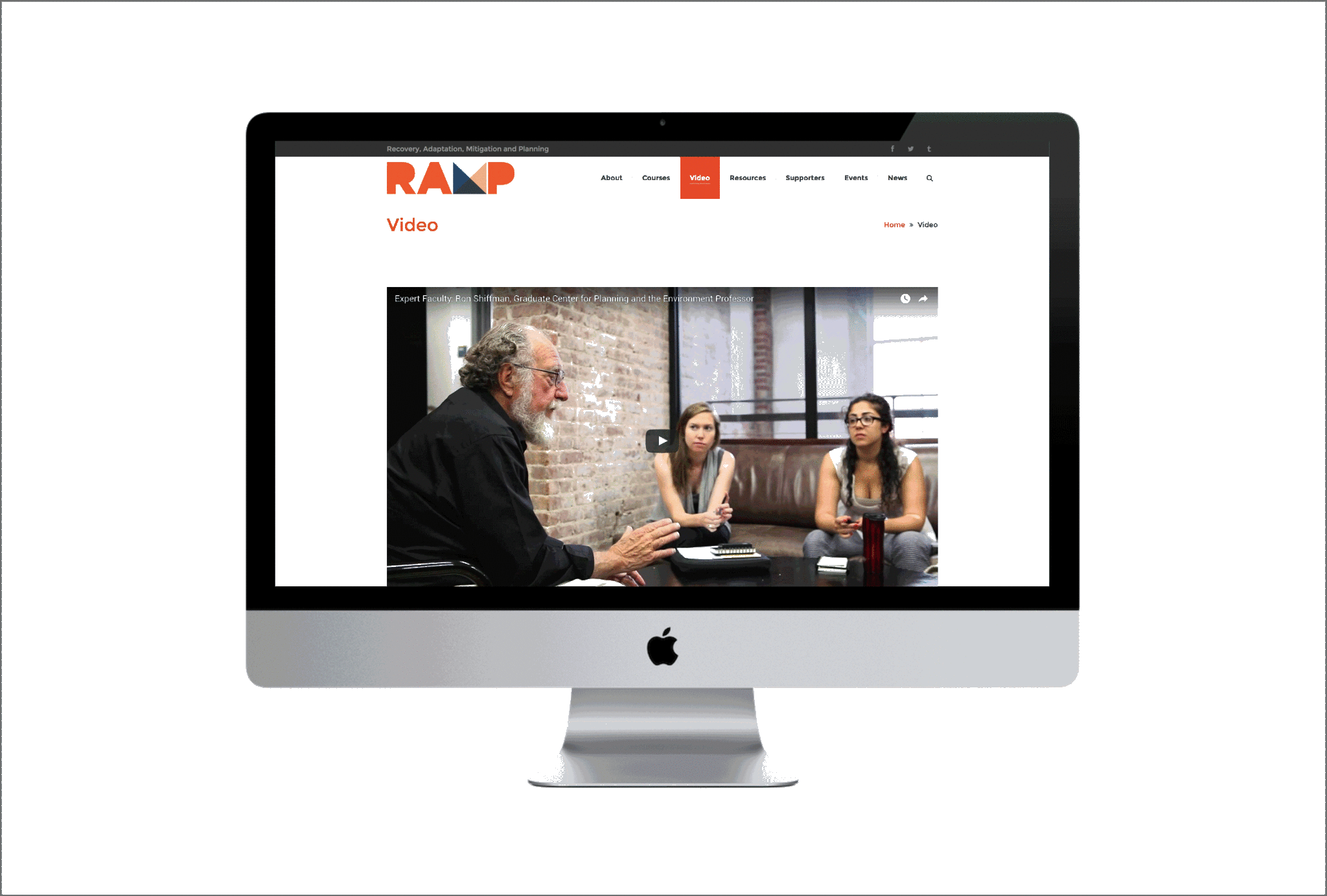
R.A.M.P.Environment
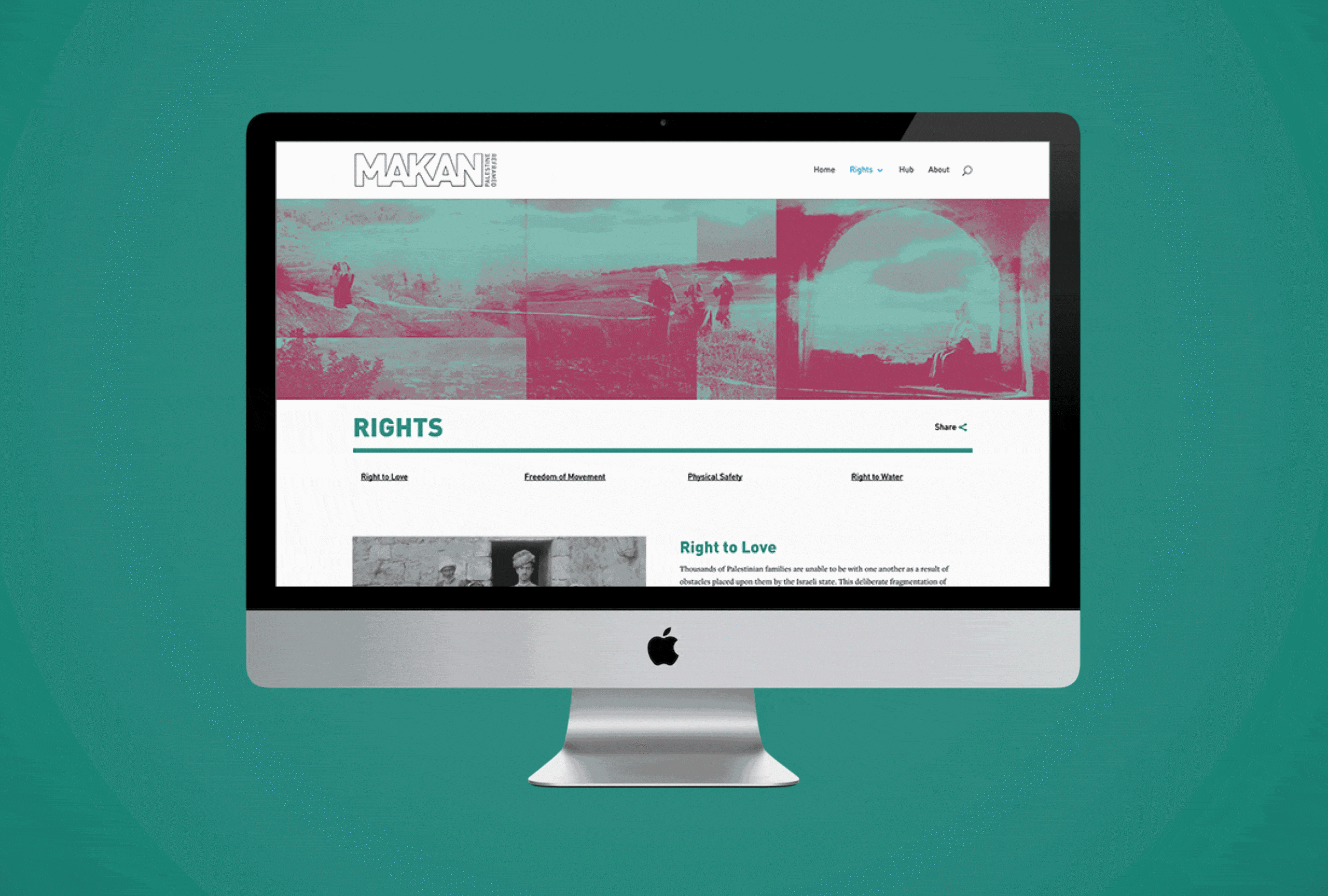
Palestine ReframedCivic

50 Years of MedicareEducation
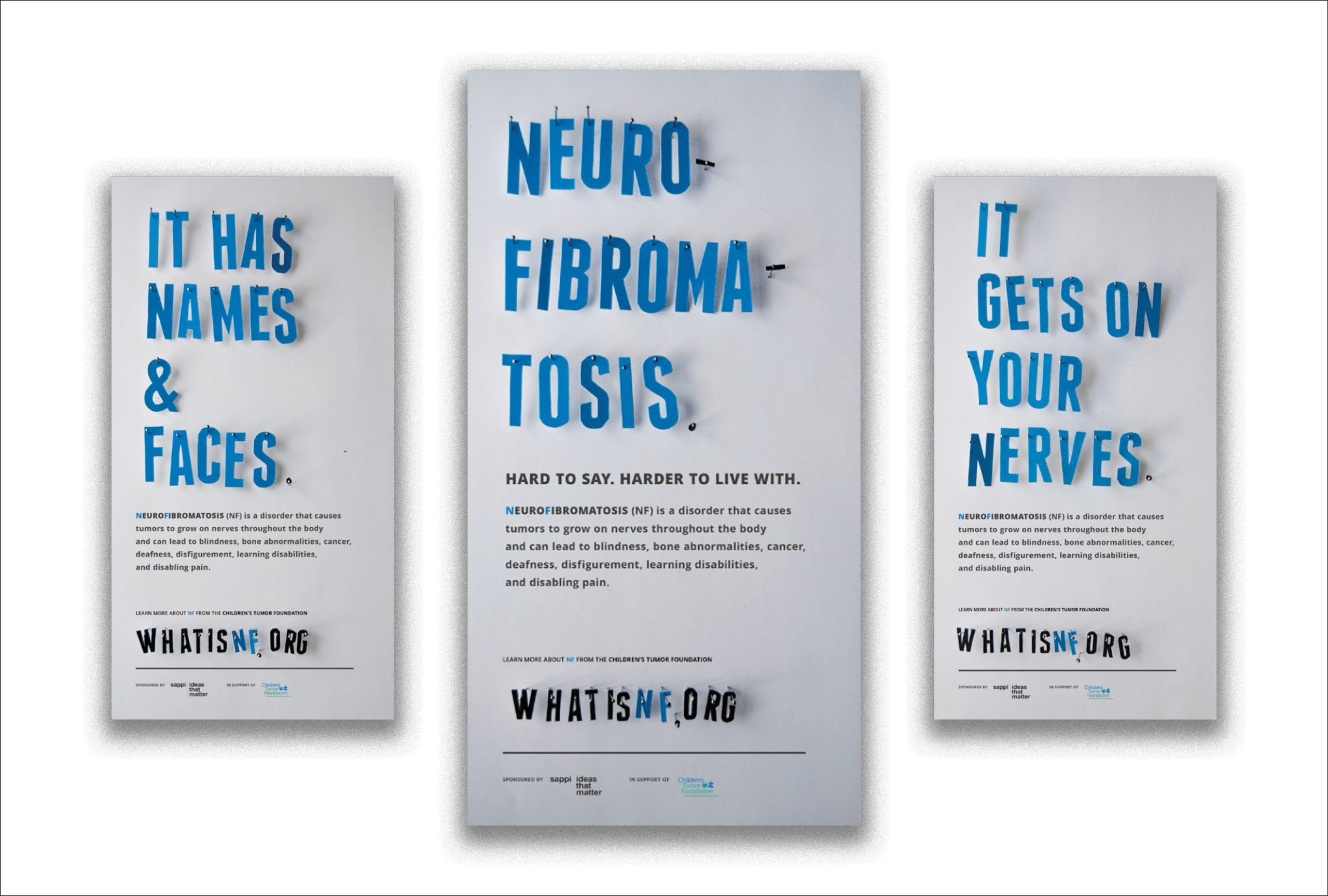
What is NF?Education
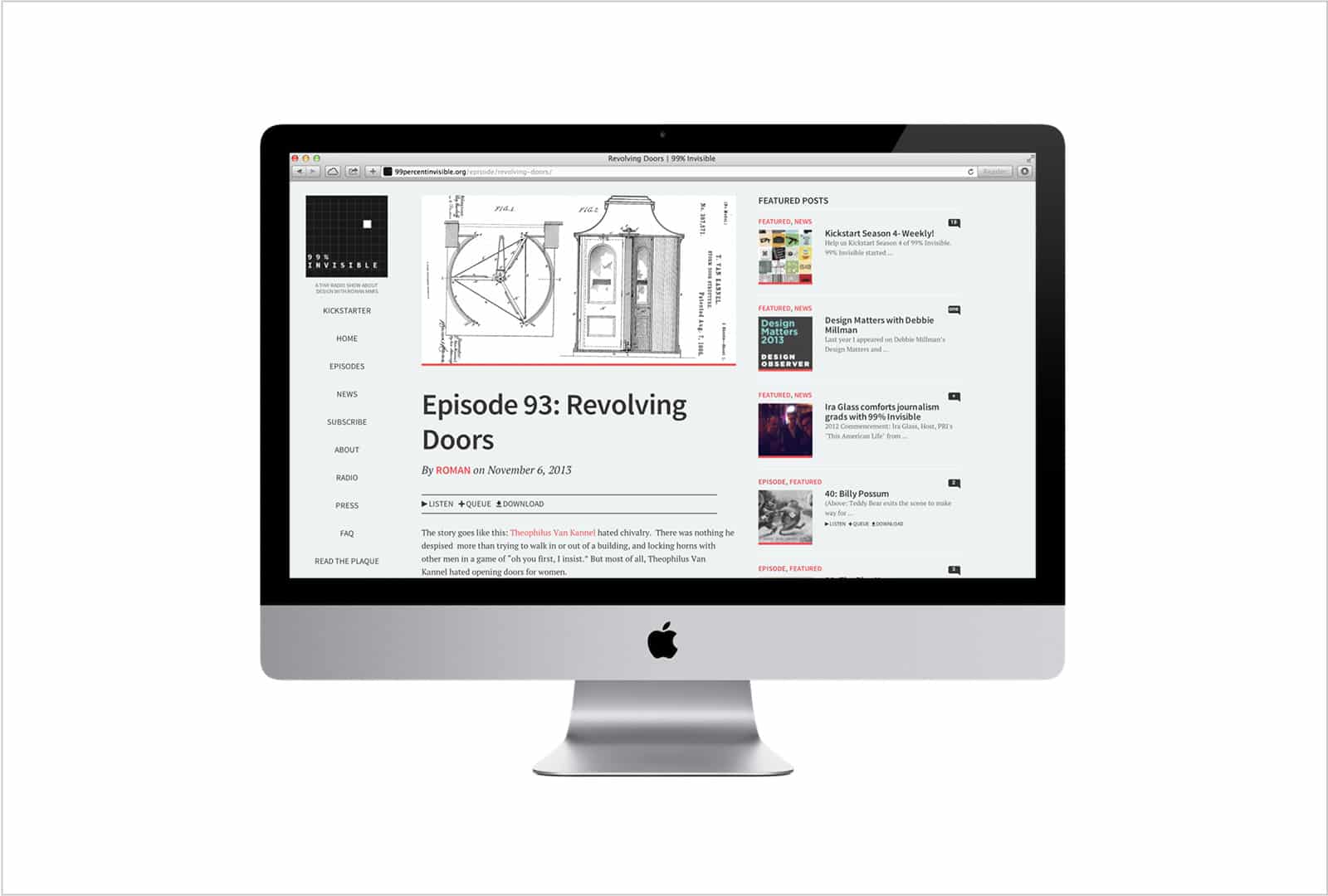
Revolving DoorsEnvironment
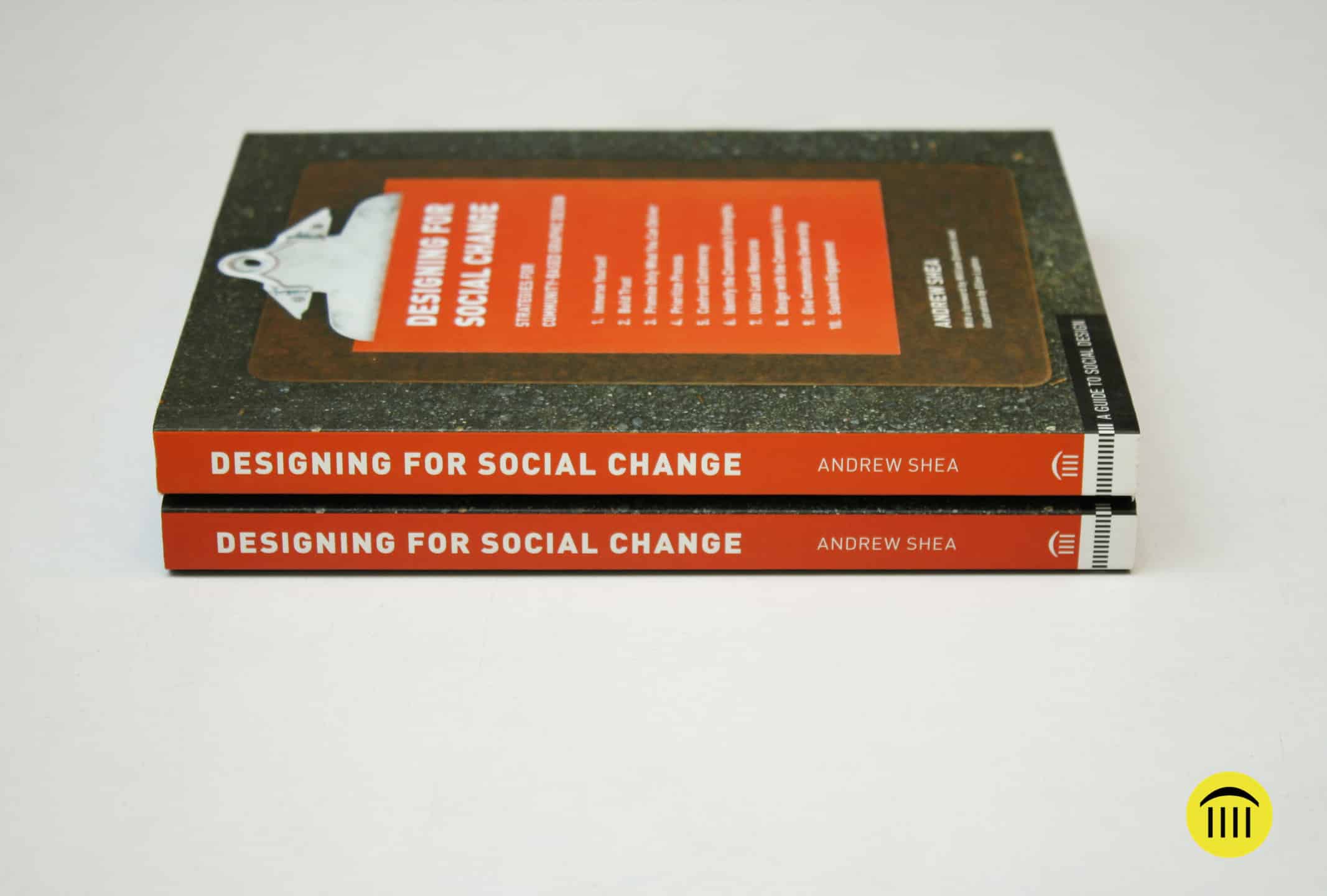
Designing for Social ChangeStrategic Design
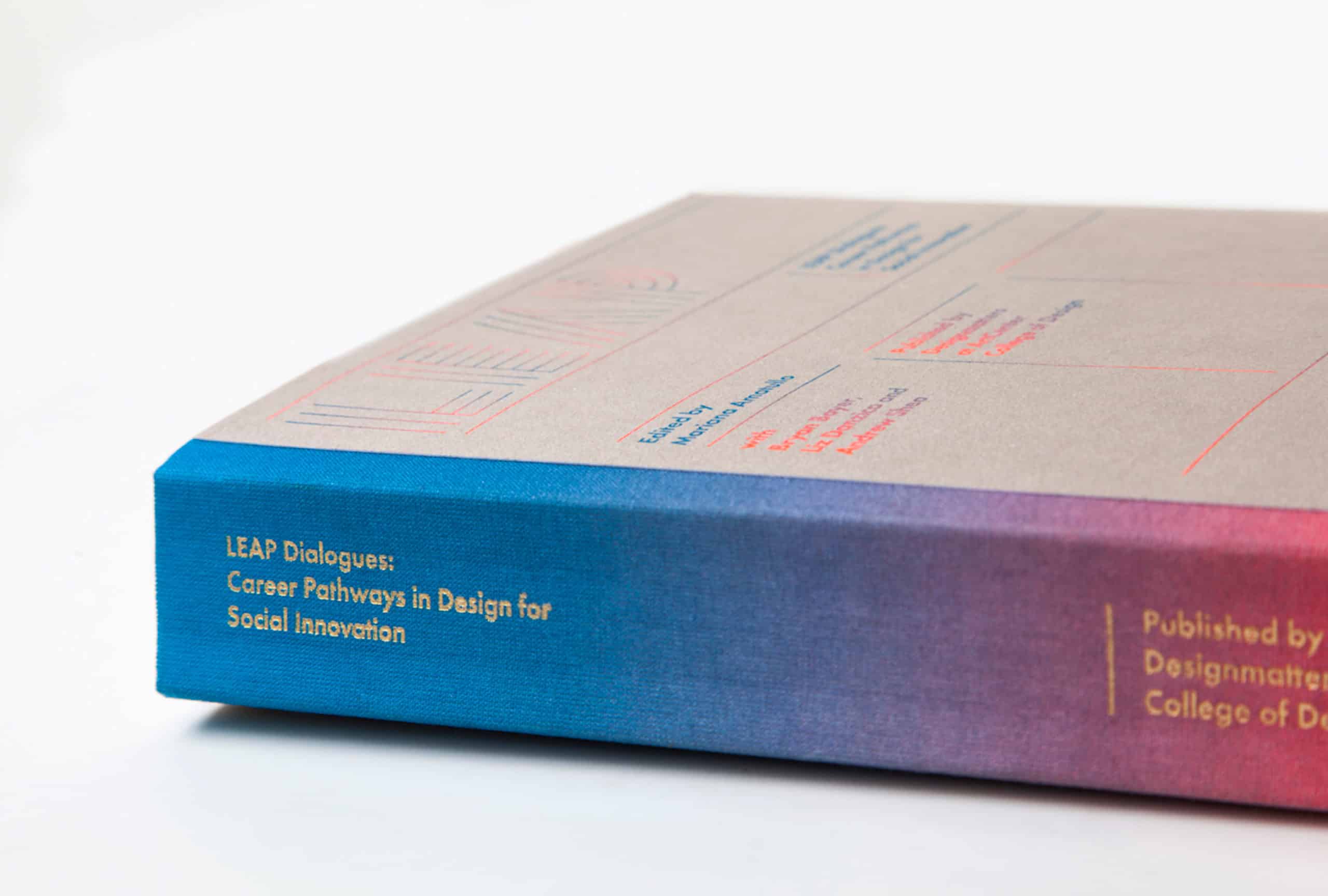
LEAP DialoguesStrategic Design
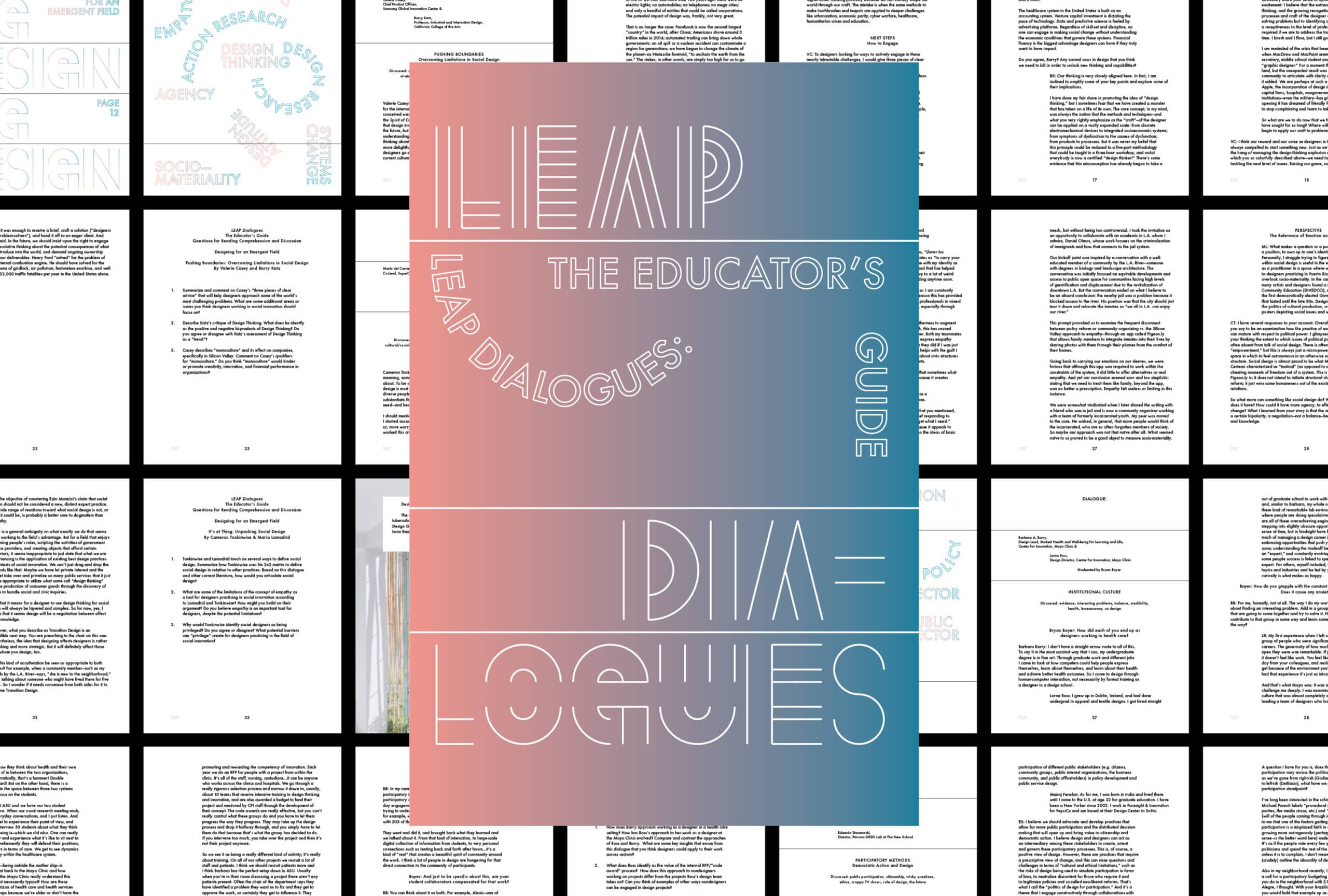
LEAP Educator's GuideStrategic Design
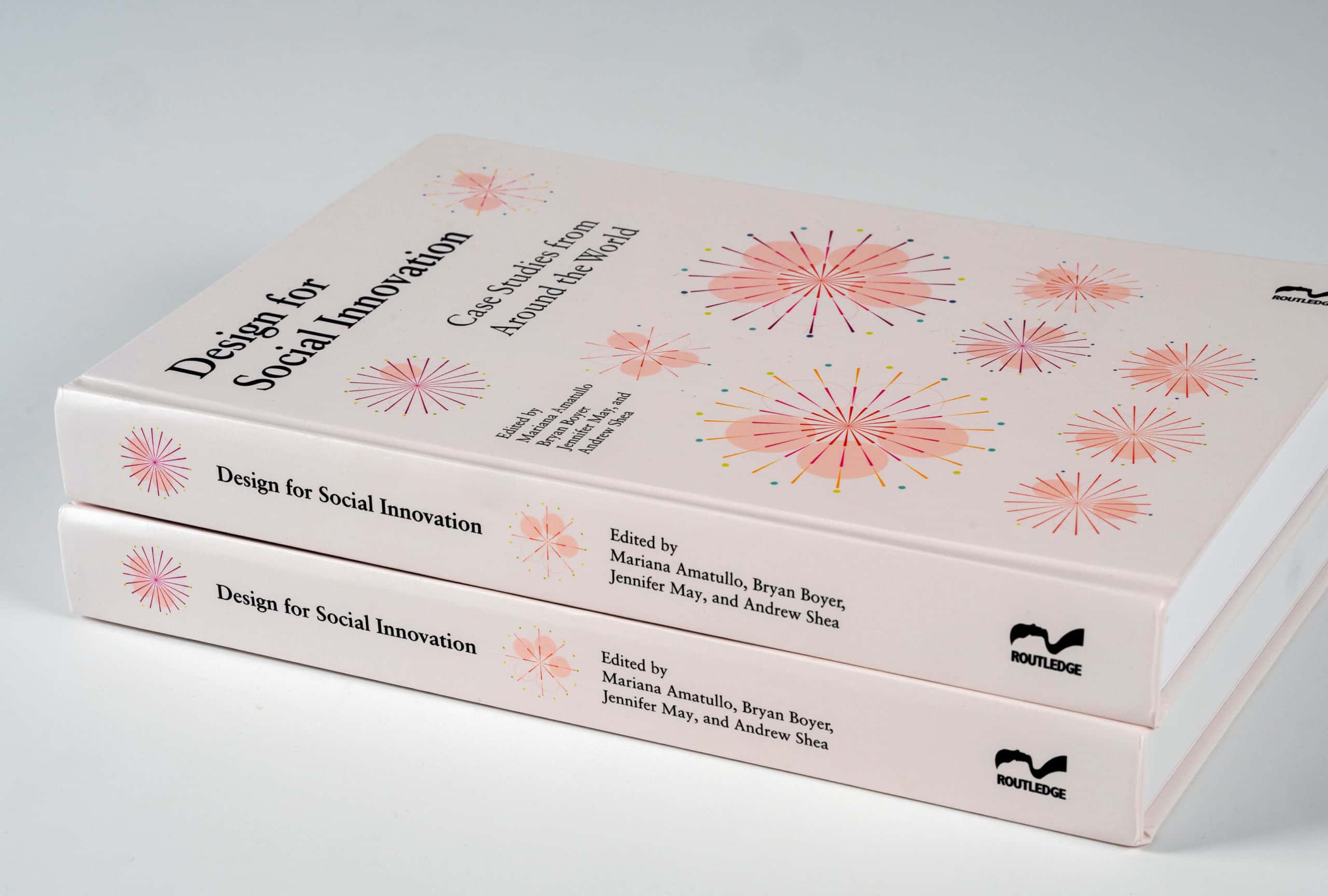
Design for Social InnovationStrategic Design
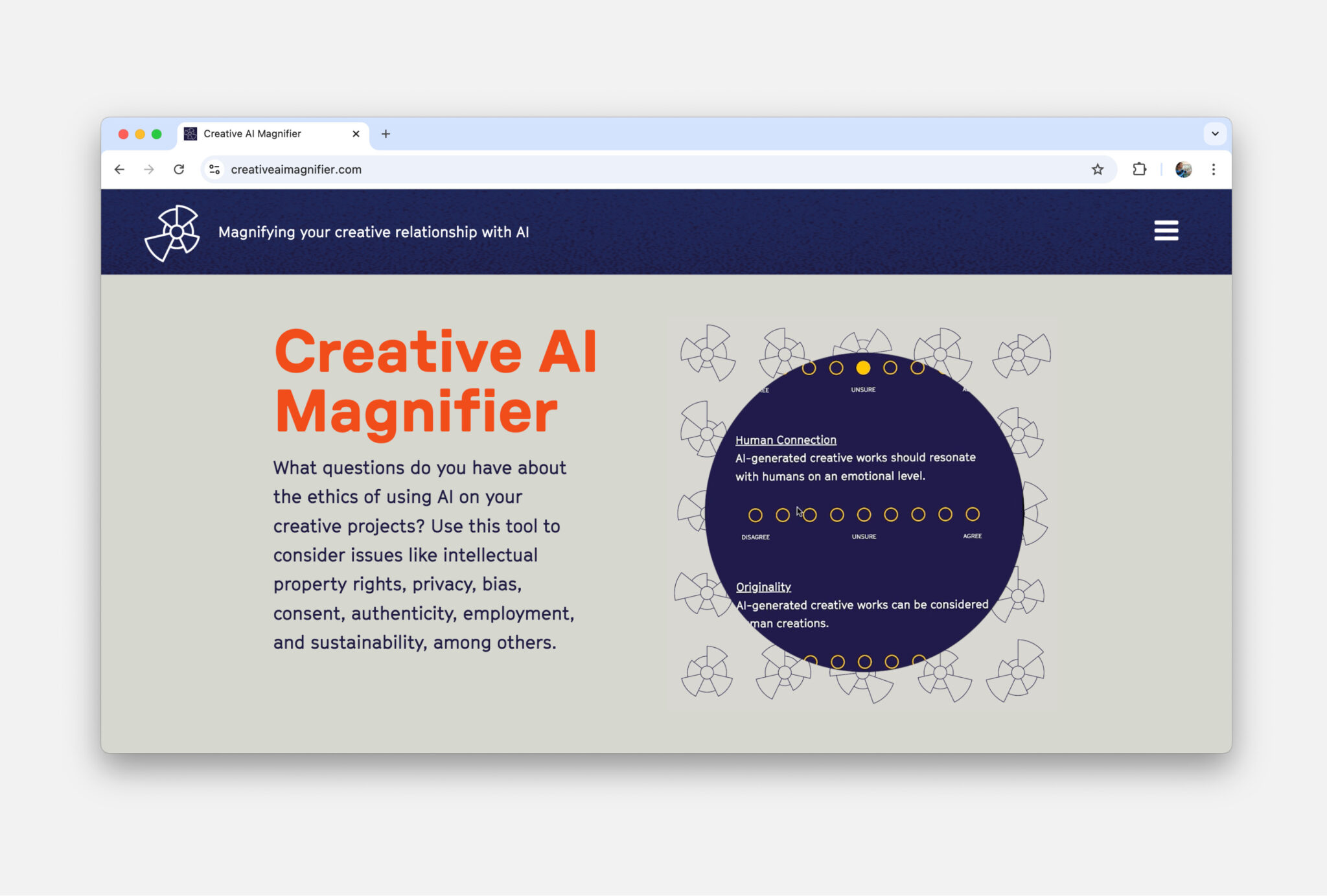
Creative AI MagnifierStrategic Design
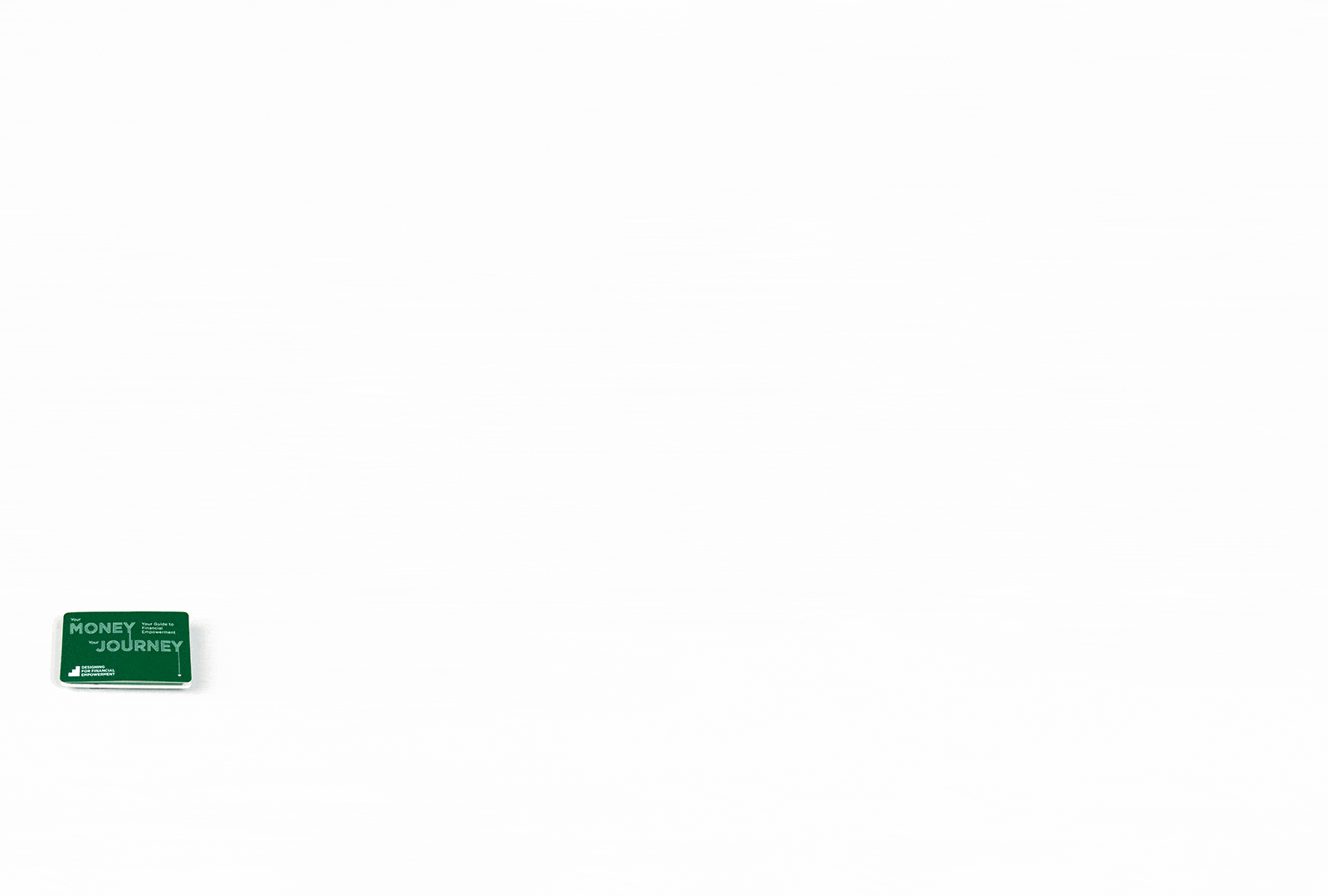
Financial CounselingCivic

New York Academy of ArtArt & Architecture

Inwood Academy For LeadershipEducation
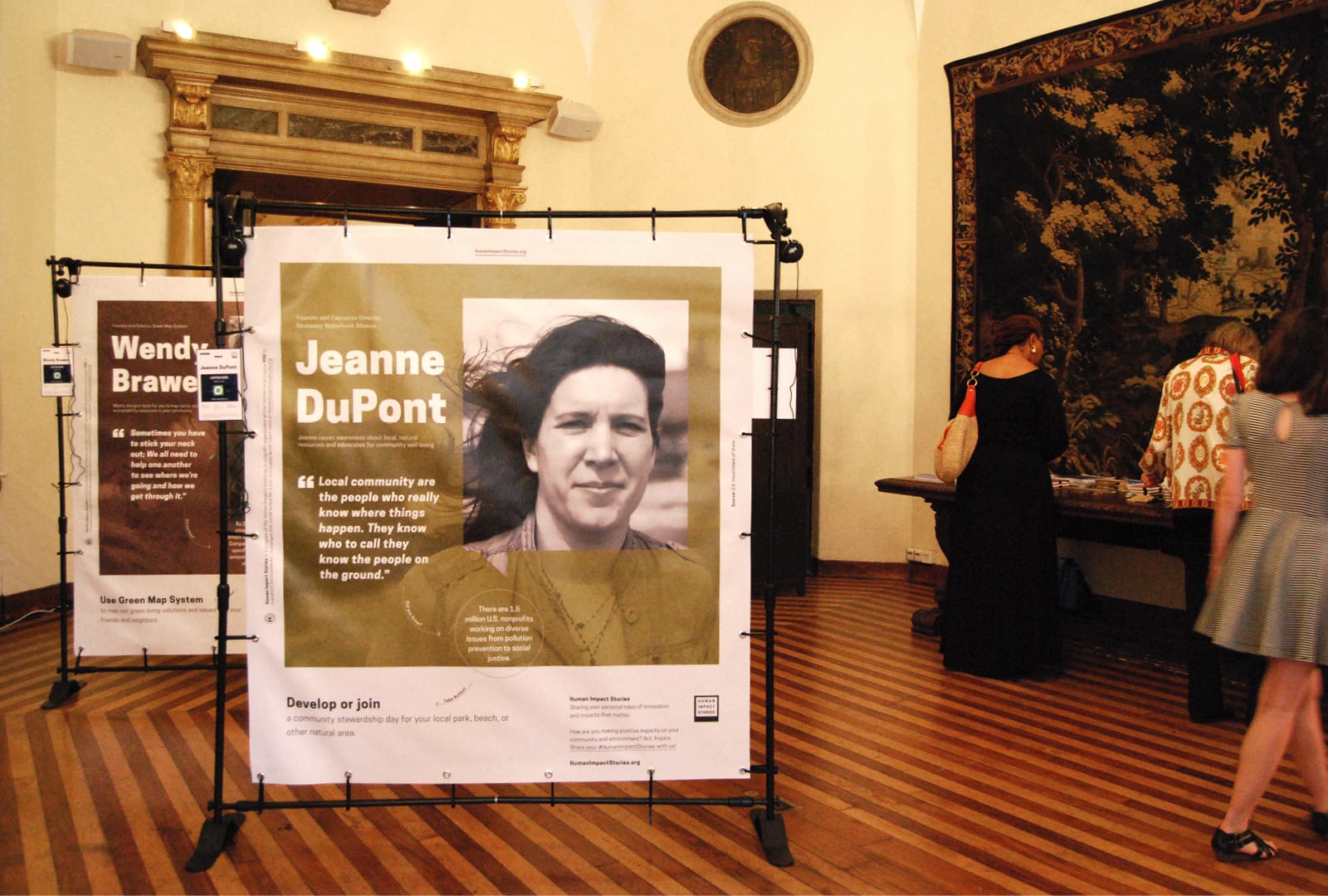
Human Impact StoriesArt & Architecture

U R QRArt & Architecture

Extreme Heat Hot CitiesEnvironment

Federal Parity LawCivic

Works on WaterArt & Architecture
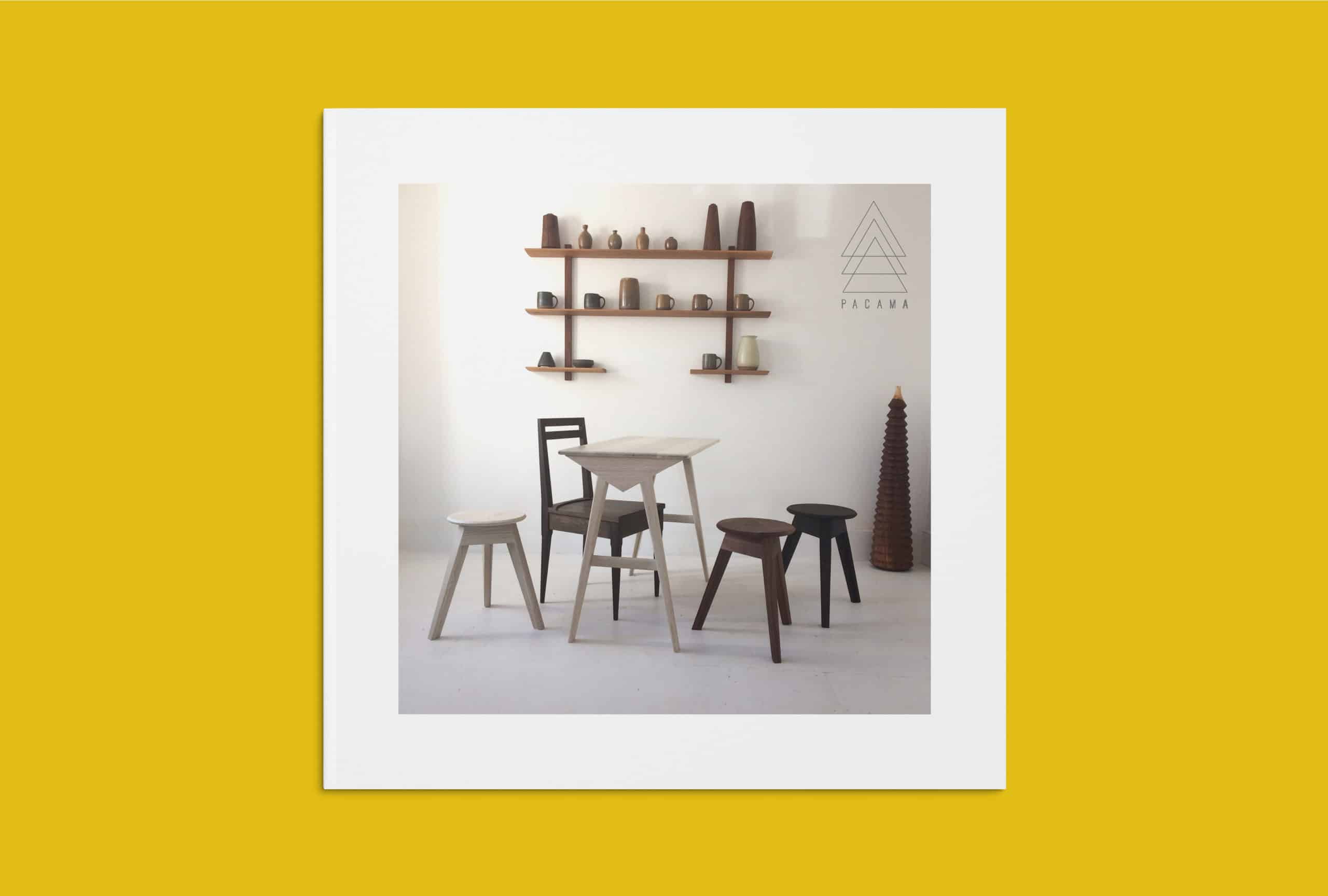
Pacama HandmadeArt & Architecture

Hyperplace FestivalArt & Architecture
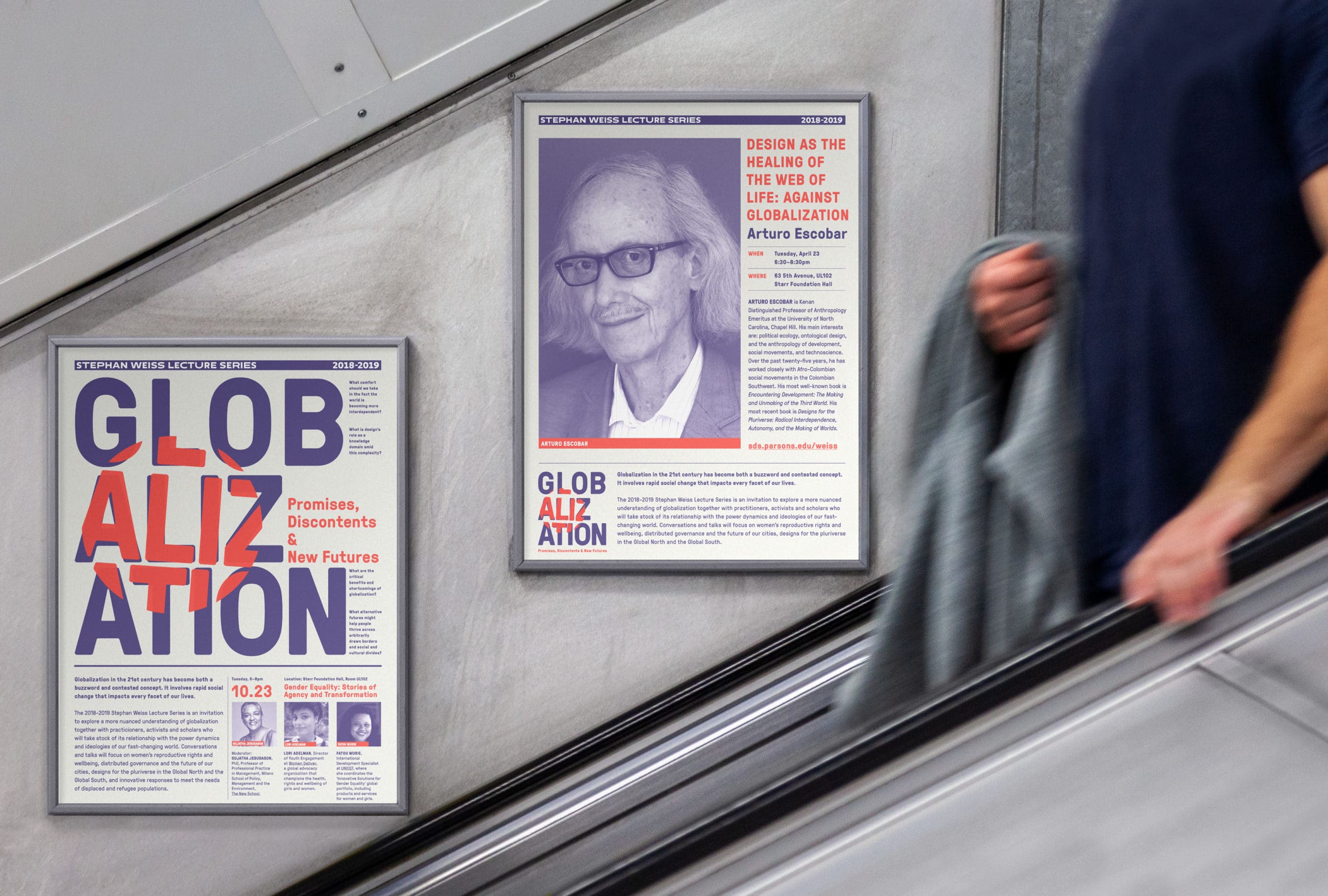
Weiss Lecture SeriesEducation
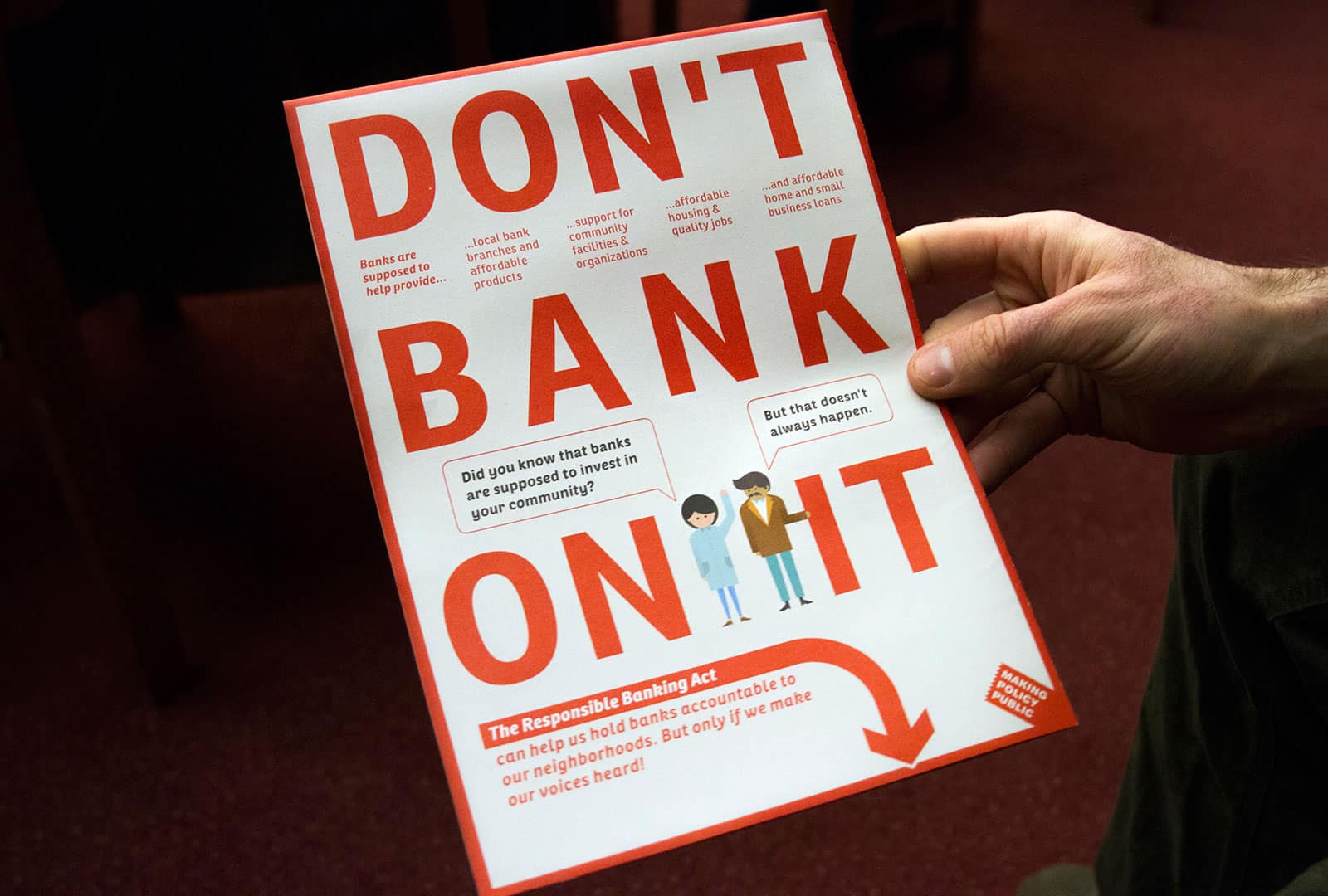
Don't Bank on ItCivic
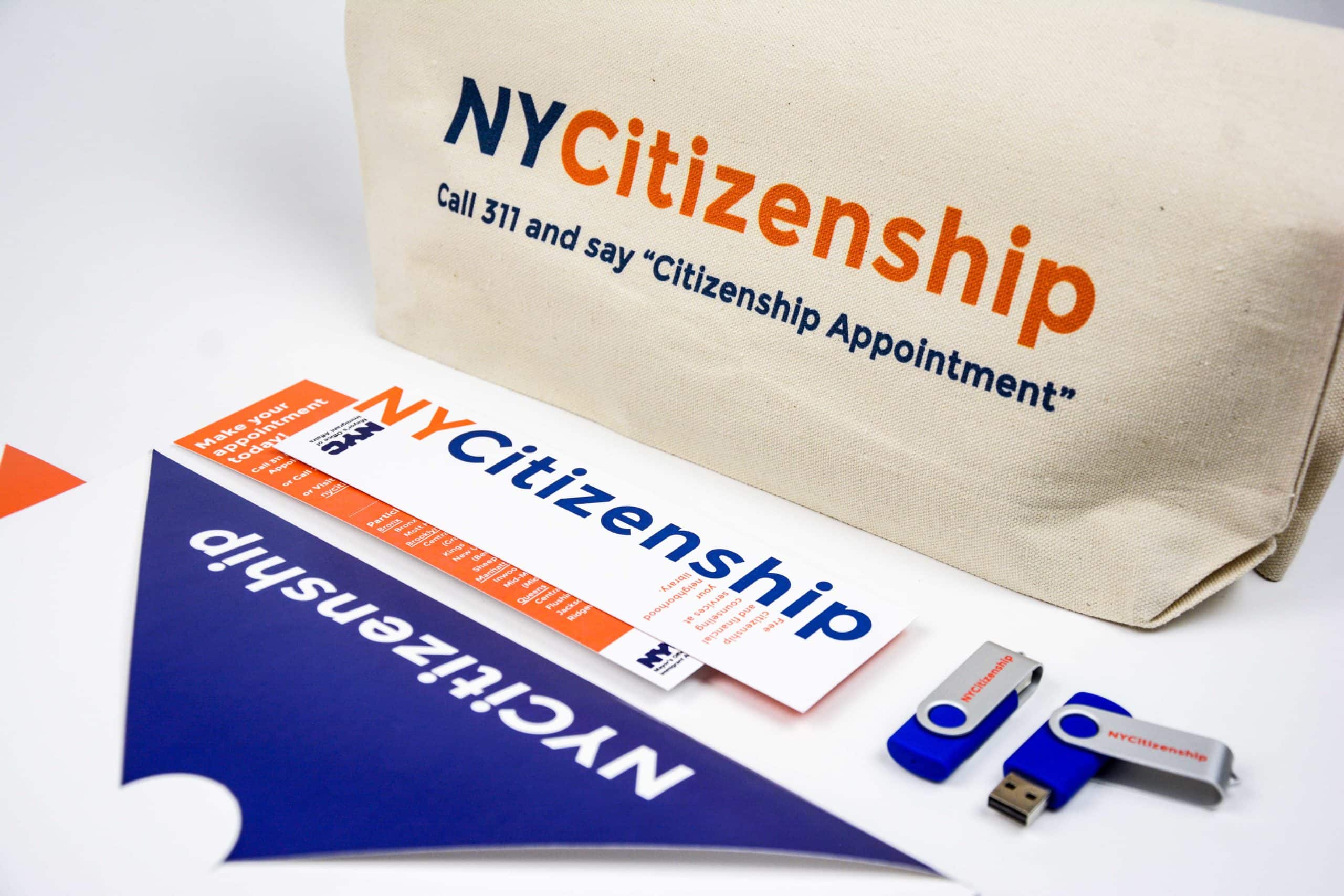
NYCitizenshipCivic

immiCivic
MANY partners with foundations, universities, and cultural organizations to design strategic communication systems that make ideas visible and accessible—from brand identities and digital platforms to exhibitions and campaigns. Recent collaborators: Bloomberg Philanthropies, MIT, Columbia University, AIA New York, Commonwealth Fund, W.T. Grant Foundation
2 West 13th Street
New York, NY
586 306 6323
© MANY Design

